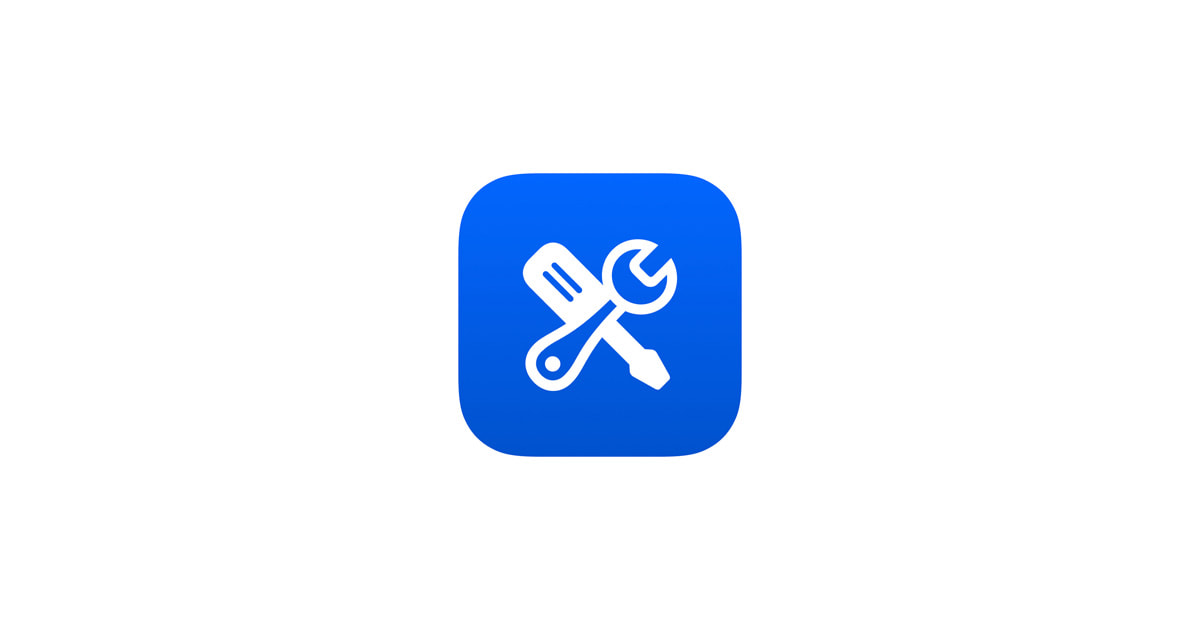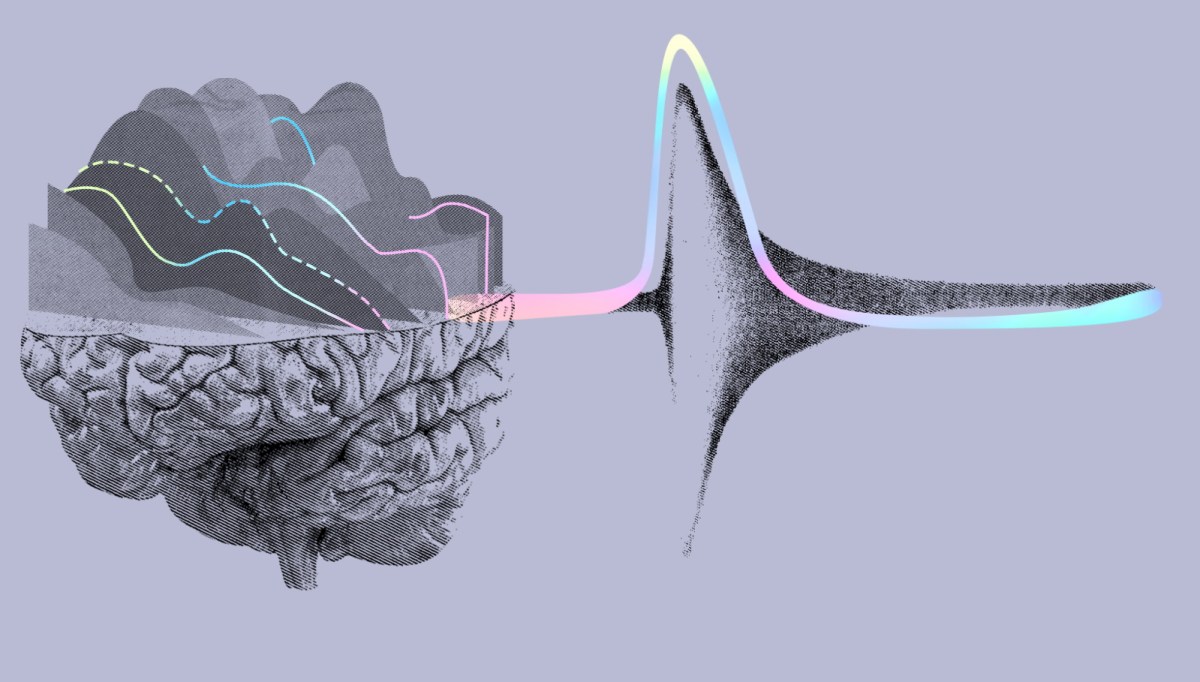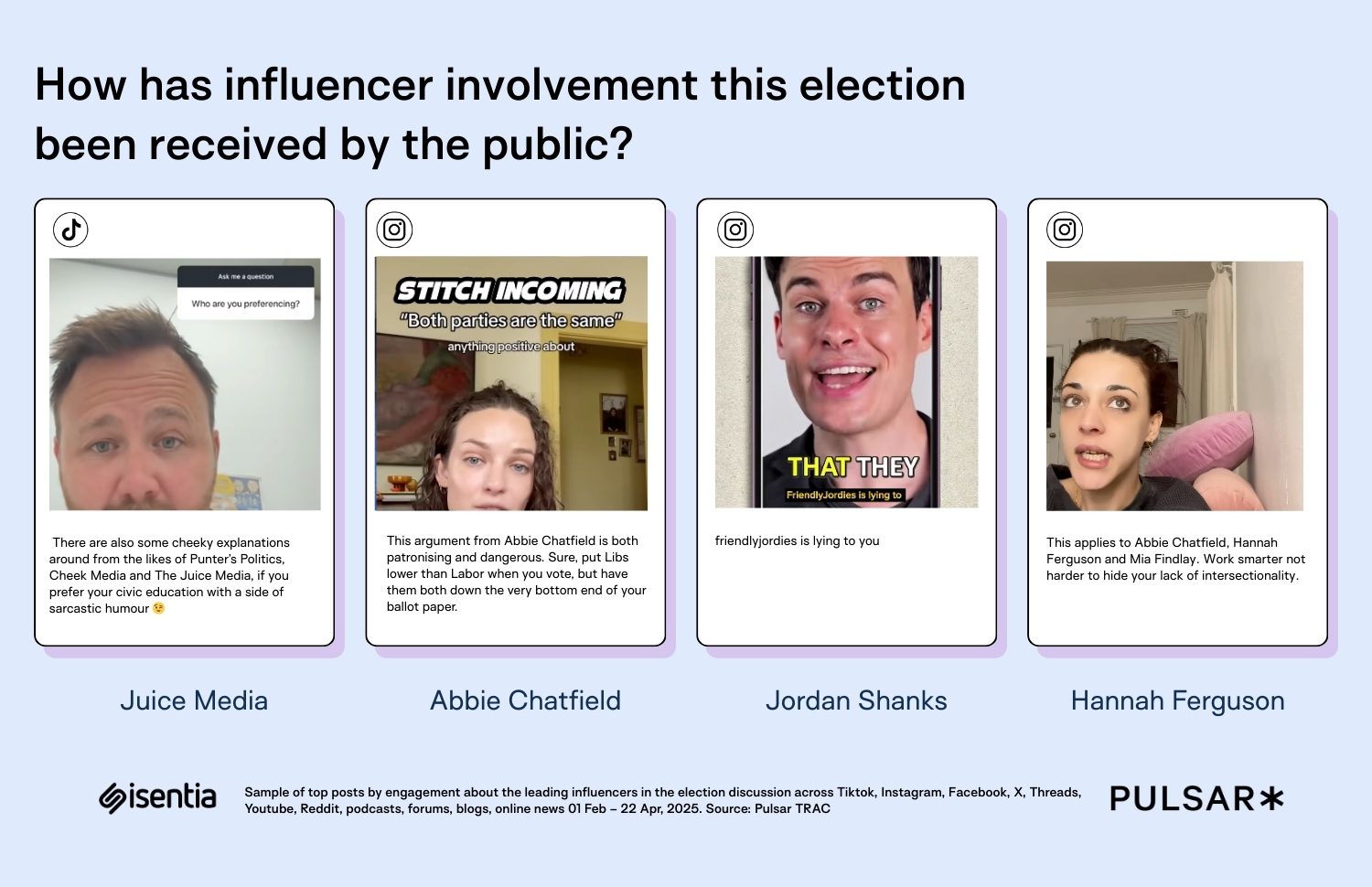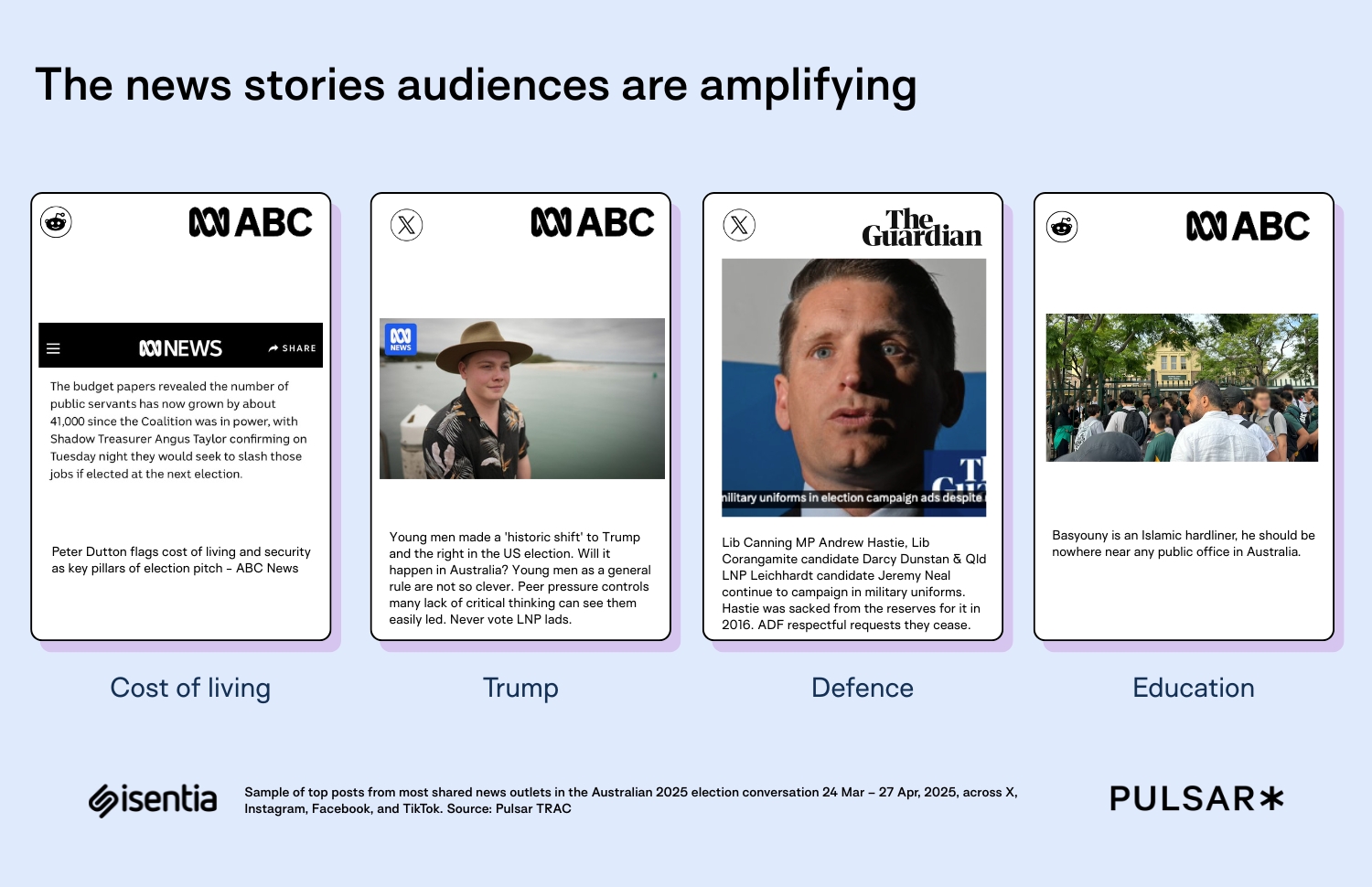Setting the stage for election 2025: early media narratives & social media’s growing influence
As the campaign began, election coverage was dominated by cost-of-living pressures, leadership scrutiny, and policy promises, with both major parties positioning themselves as the answer to Australians’ economic concerns. Labor’s pledge to crack down on supermarket price gouging and the Coalition’s push for fuel excise cuts framed a debate over immediate financial relief versus long-term […] The post Setting the stage for election 2025: early media narratives & social media’s growing influence appeared first on Isentia.

As the campaign began, election coverage was dominated by cost-of-living pressures, leadership scrutiny, and policy promises, with both major parties positioning themselves as the answer to Australians’ economic concerns. Labor’s pledge to crack down on supermarket price gouging and the Coalition’s push for fuel excise cuts framed a debate over immediate financial relief versus long-term economic stability.
Meanwhile, discussion on social media took time to catch up with the news cycle, and reflected both frustration and polarisation, with content on tax policy, government spending, and leadership trustworthiness fuelling engagement. The campaign’s tone was further shaped by high-profile moments, including Senator Jacqui Lambie’s emotional exchange over public service cuts and Peter Dutton’s push to capitalise on voter discontent, reinforcing the election’s framing as a referendum on economic management.
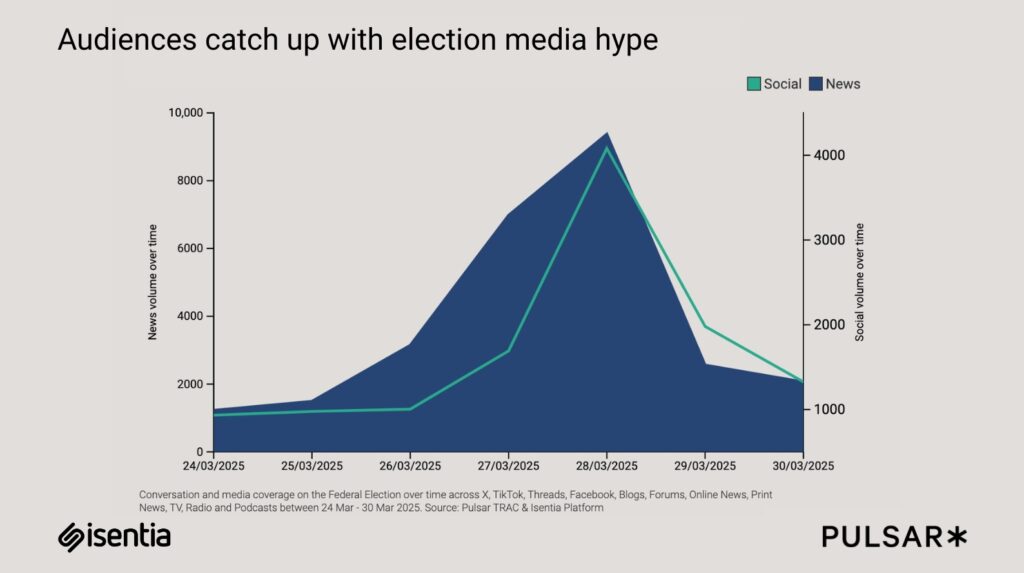
Financial stability, such as supermarket pricing, fuel costs, and tax changes. Leadership trust and credibility are also key drivers of attention, with moments of high emotion or political confrontation.
On the heels of the federal budget announcement on March 24, which forecasts a decade of deficits, news coverage highlighted the Albanese government’s focus on energy bill relief and Medicare spending to appeal to voters. Treasurer Jim Chalmers linked the budget to rising global uncertainties, including the impact of US President Trump’s trade agenda.
Coverage framed the campaign as a contest over economic management, with viral headlines emphasising Labor’s energy bill relief and the Dutton’s fuel excise cuts. A widely shared ABC analysis dissected the competing tax plans, while a Reddit thread debating the impact of Dutton’s fuel excise proposal gained thousands of comments. Meanwhile, opposition leader Peter Dutton’s response positioned the Liberal Party as prioritising immediate cost-of-living relief, sparking mixed reactions online. Both major parties are also expected to prioritise domestic gas supplies, with the Liberals proposing a gas reservation scheme, a move likely to be mirrored by Labor—an issue that has driven heated debate on social platforms.
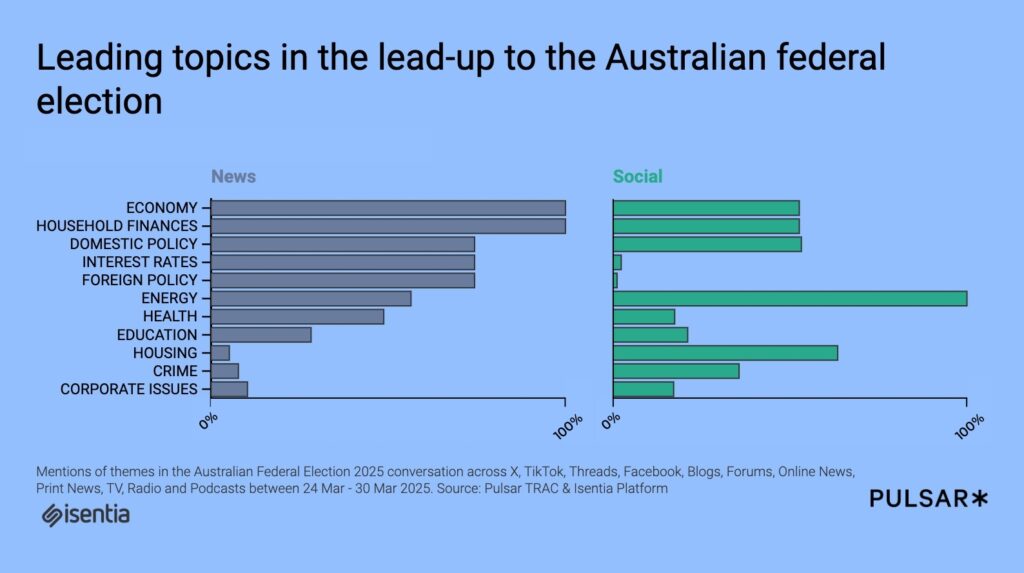
As cost-of-living issues dominate, media outlets underscore the increasingly fragmented political landscape, with minor parties gaining traction and complicating the path to a majority government.
Social media discussions on the 2025 Australian federal election are increasingly centred on energy and housing policies, particularly Peter Dutton’s plans. Housing affordability has emerged as a key concern, fueled by moments like Prime Minister Albanese being heckled over handling of the housing crisis. A far-right vlogger interrupted Albanese’s press conference in Brisbane, linking the housing issue to immigration—a narrative gaining traction online. On platforms like Reddit and Instagram, users question the credibility of Dutton’s energy price cut proposals, with his refusal to release modelling drawing criticism. Protests, like the one at Brisbane’s XXXX Brewery on March 29, further fuel debate over his stance on gas and nuclear energy. A popular quote from Jason Clare, shared by The Project TV, added fuel to the fire: “This is a distraction from his nuclear reactor policy which is about as popular now as a fart in an elevator.”
This combination of frustration, disbelief, and growing scrutiny highlights the importance of accessible, relatable political messaging, especially as voters increasingly turn to online platforms to engage with election issues.
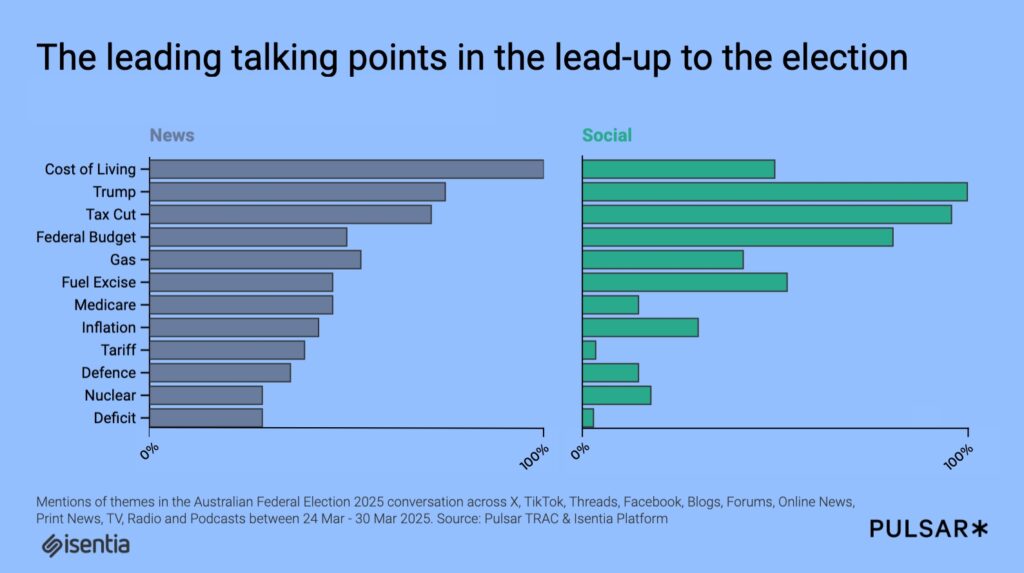
Attention was heavily focused on Peter Dutton’s criticisms of Prime Minister Albanese, with his claims that Australia is “going backwards” and promises of “relief now” drawing backlash. Critics have pointed out Dutton’s apparent alignment with US President Donald Trump’s rhetoric and policies, leading to comparisons between the two leaders. On March 27, a widespread reaction emerged questioning why Albanese would invite Trump to Australia, suggesting it was a politically risky move. Meanwhile, the debate surrounding the federal budget heated up, with Albanese’s government unveiling new tax cuts for workers ahead of the election, only for the Shadow Treasurer to declare that they would repeal these cuts if the Liberals won.
Coming out of the Federal Budget, social media audiences shared mixed reactions, with many pushing for more progressive measures like taxing the fossil fuel industry to fund universal basic services and addressing wealth inequality with The Guardian’s explainer video drawing attention to the line “lots of little treats” promised for Australians. As the election approaches, a recurring theme in the commentary is the desire for systemic change.
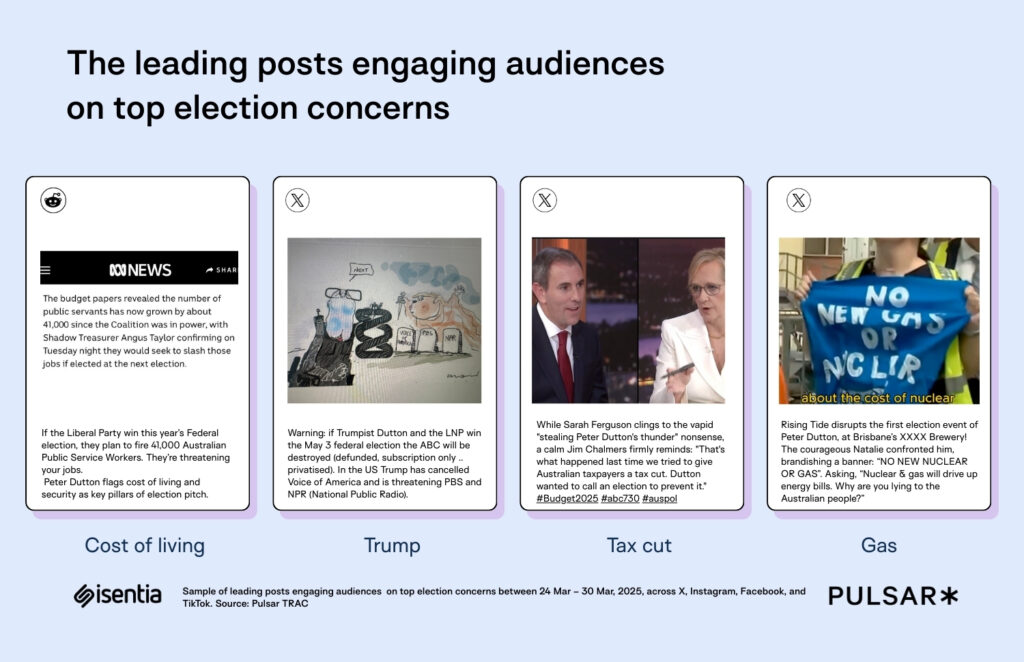
Leading social media posts from March 24–30, 2025, highlight public frustration with key election issues: cost of living, Trump’s influence, tax cuts, and gas and energy policy.
A viral Reddit post warning of how a Liberal victory could cost around 40,000 public service jobs, sparked debate on outsourcing and economic fallout. Concerns over Trump-style politics intensified after journalist Quentin Dempster warned of ABC defunding under Dutton. Jim Chalmers’ 7.30 interview gained traction for exposing inconsistencies in Dutton’s tax stance. Meanwhile, a protest at Brisbane’s XXXX Brewery against Dutton’s gas and nuclear policies ignited further debate over energy costs.
These discussions reflect mounting scepticism over political promises on affordability, fairness, and sustainability.
Media coverage has framed the election as a contest over economic management, focusing on tax cuts, Medicare, and cost-of-living relief. Meanwhile, social media tells a more polarised story, with viral posts amplifying concerns about public service cuts, leadership trust, and Trump-style politics. While traditional outlets highlight policy promises, online conversations centre on credibility and systemic change. As the campaign unfolds, will media narratives align with voter priorities, or will audience-driven discourse take the lead?
As the election campaign progresses, the question remains: Will political leaders adjust their approach to reflect public sentiment, or will the disconnect between media coverage and voter priorities continue to shape the debate?
Discover more of our political news services
The post Setting the stage for election 2025: early media narratives & social media’s growing influence appeared first on Isentia.




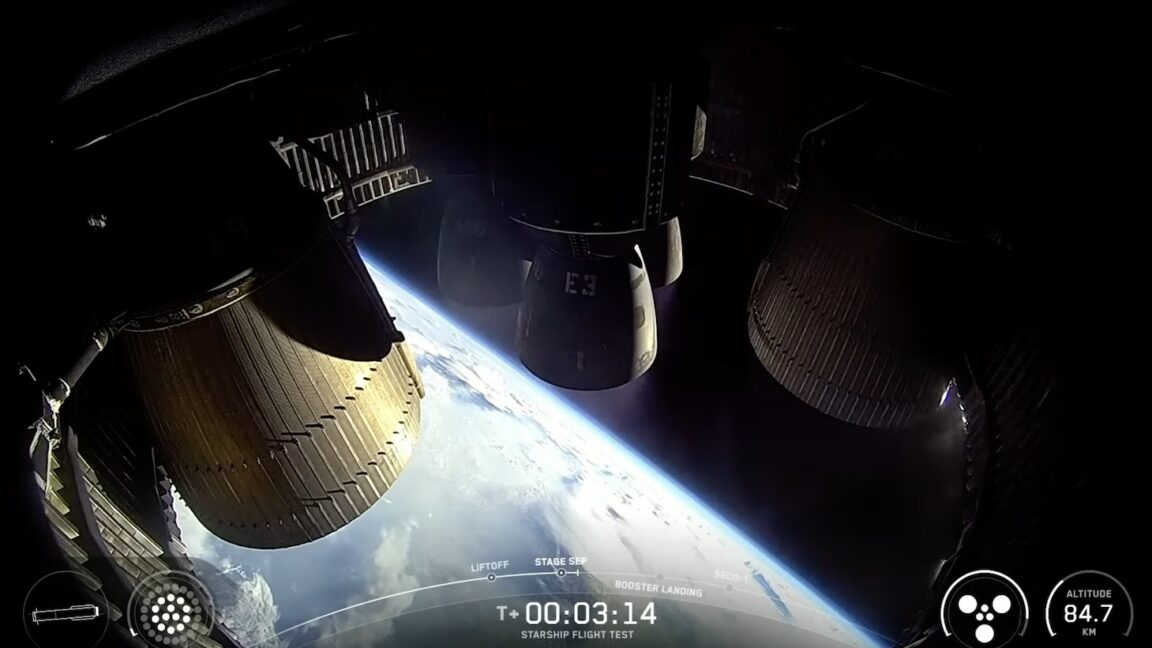

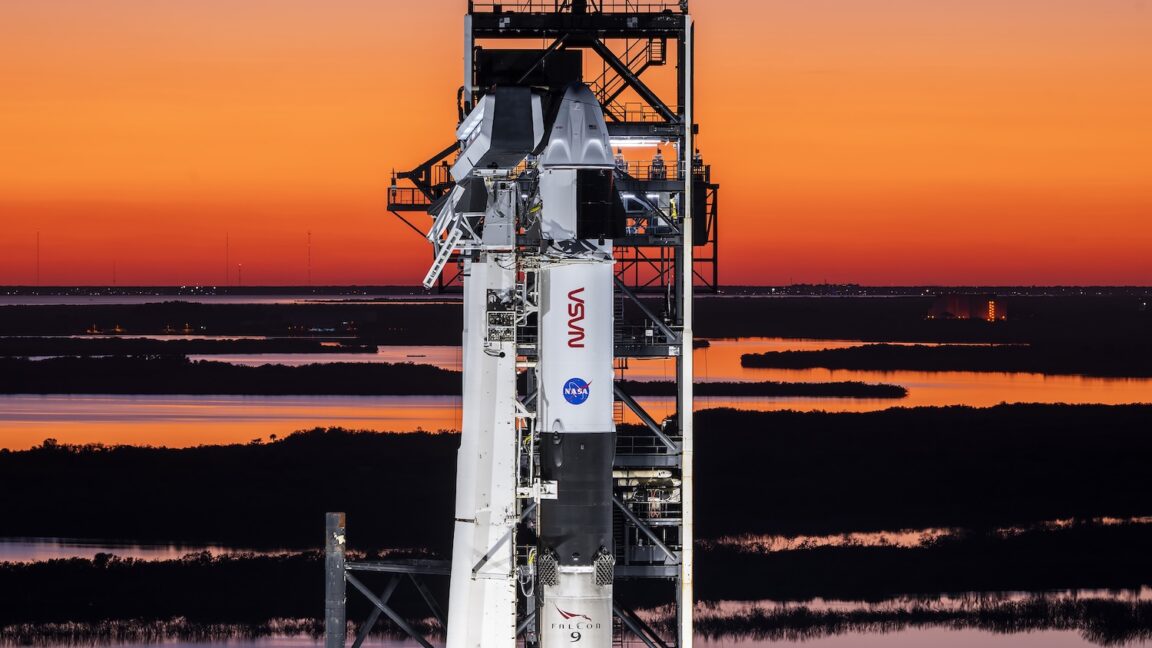















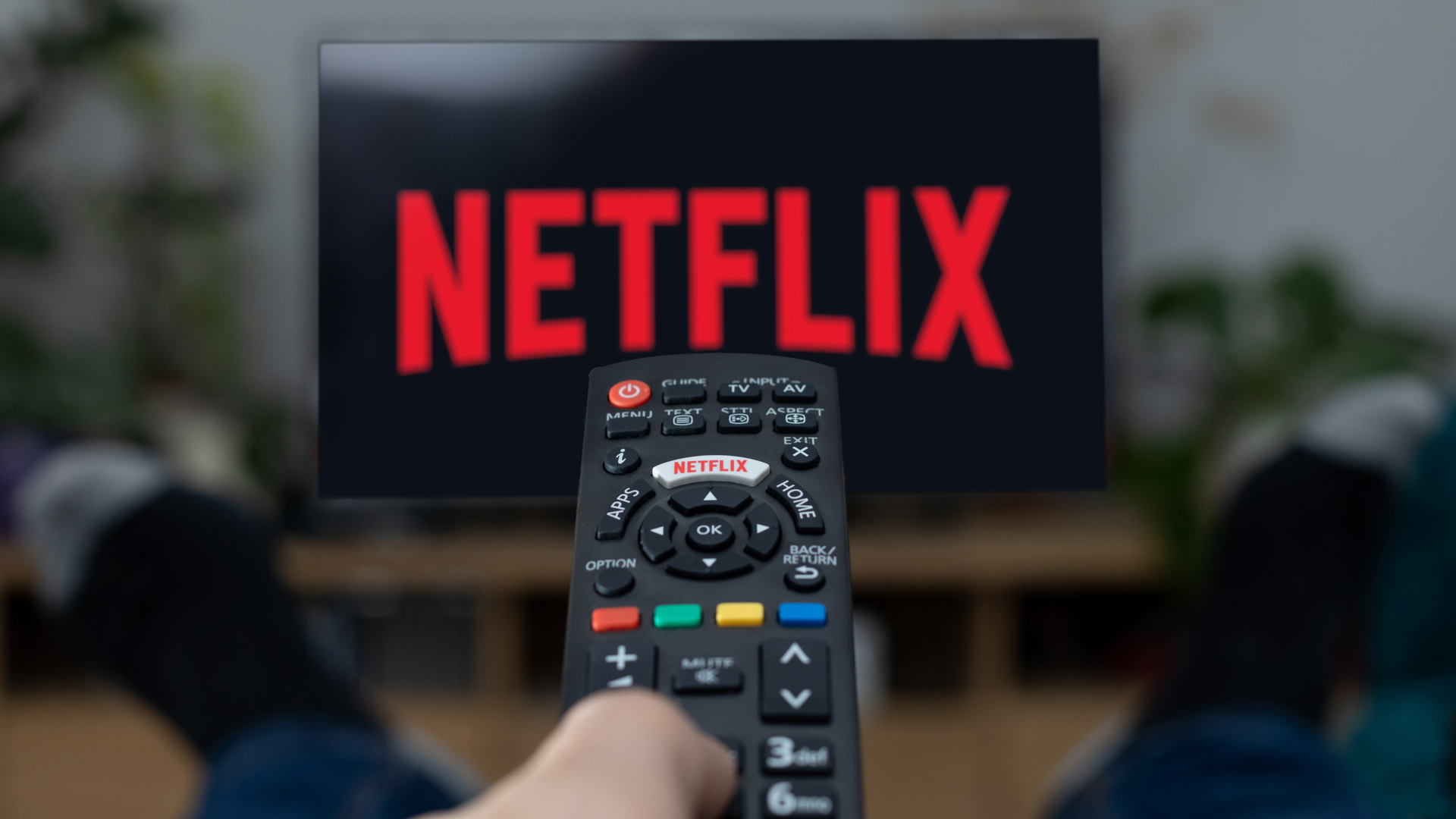





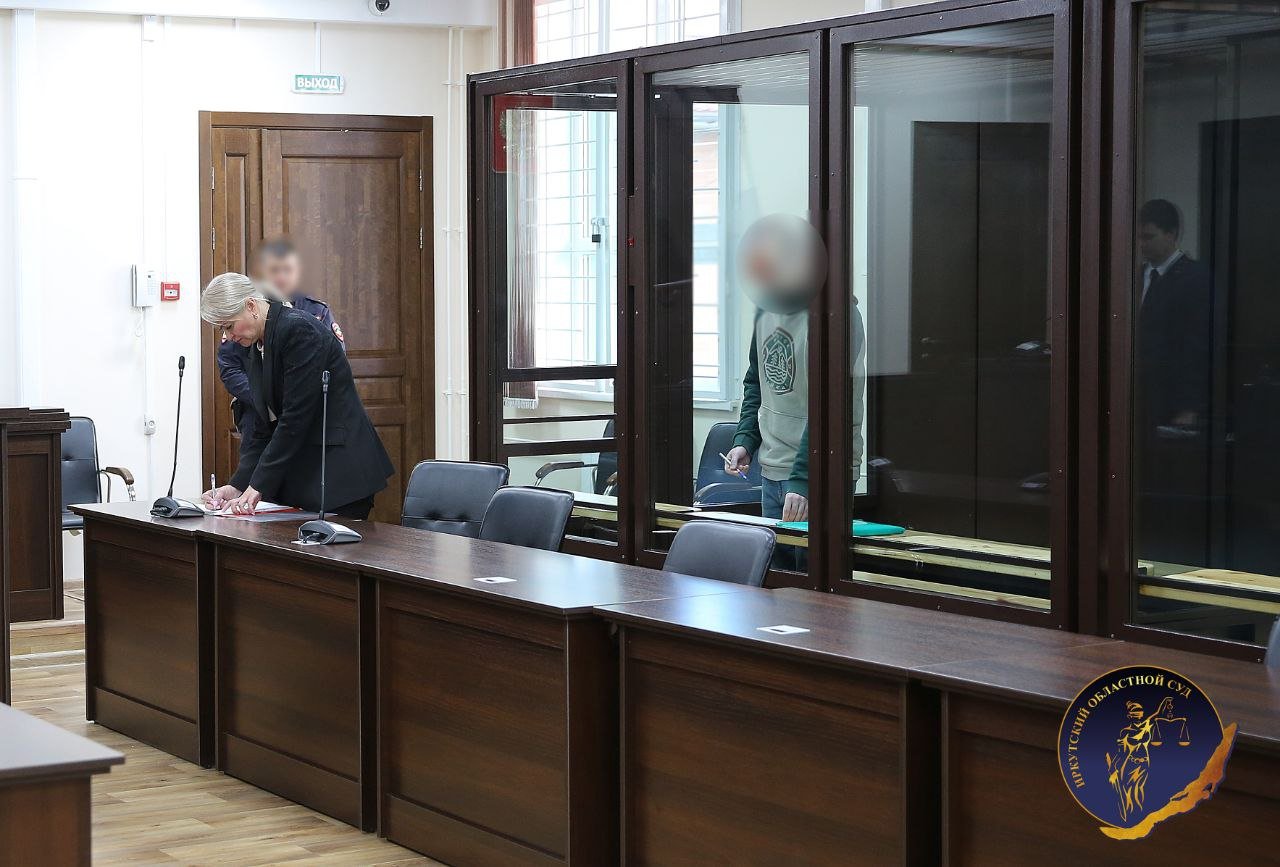
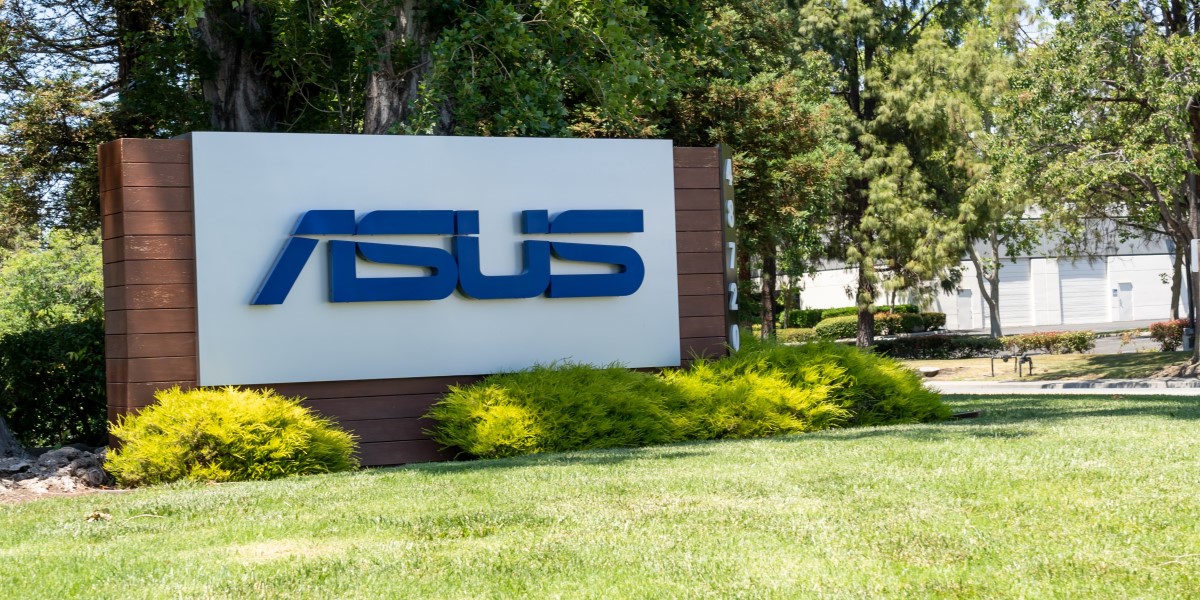
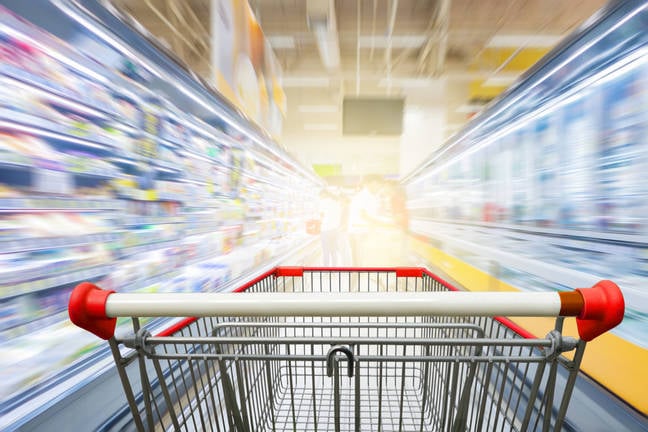






















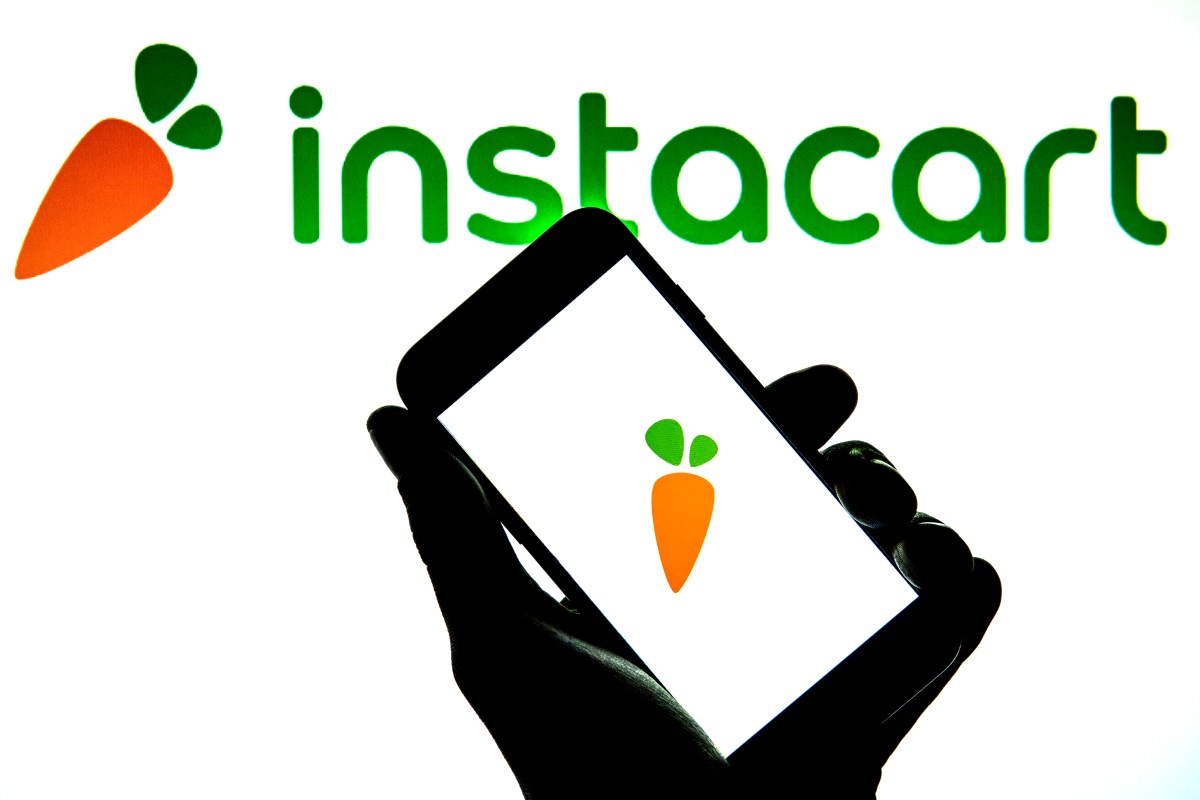












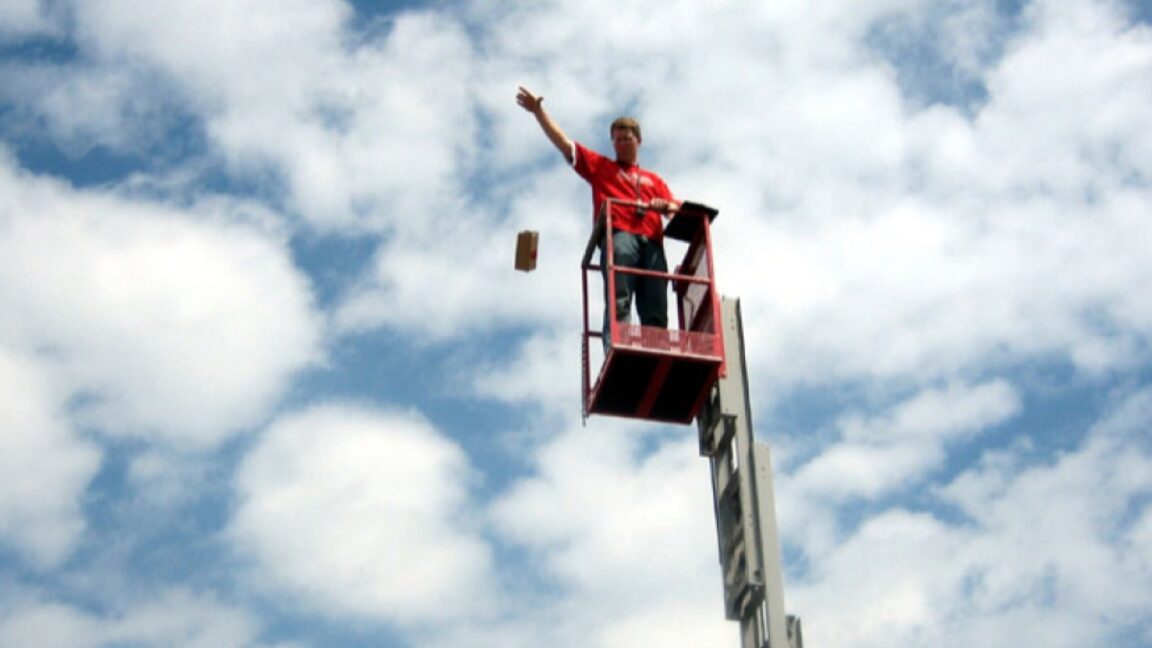










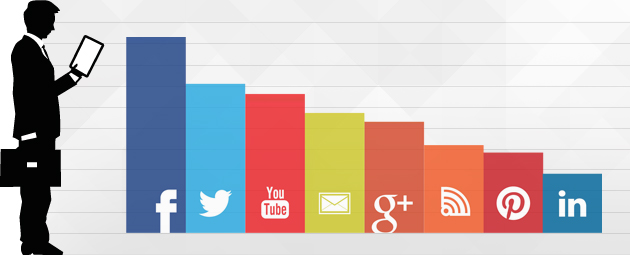
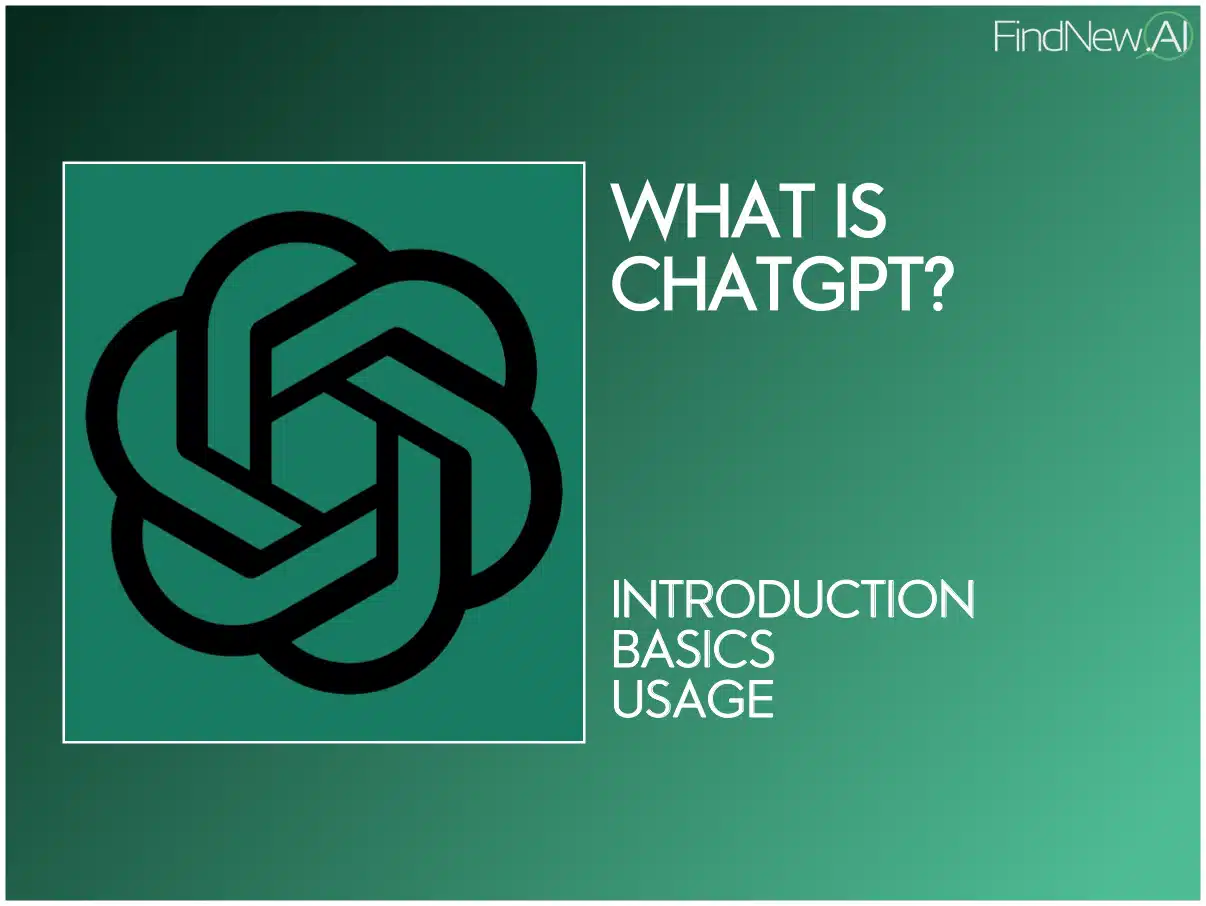












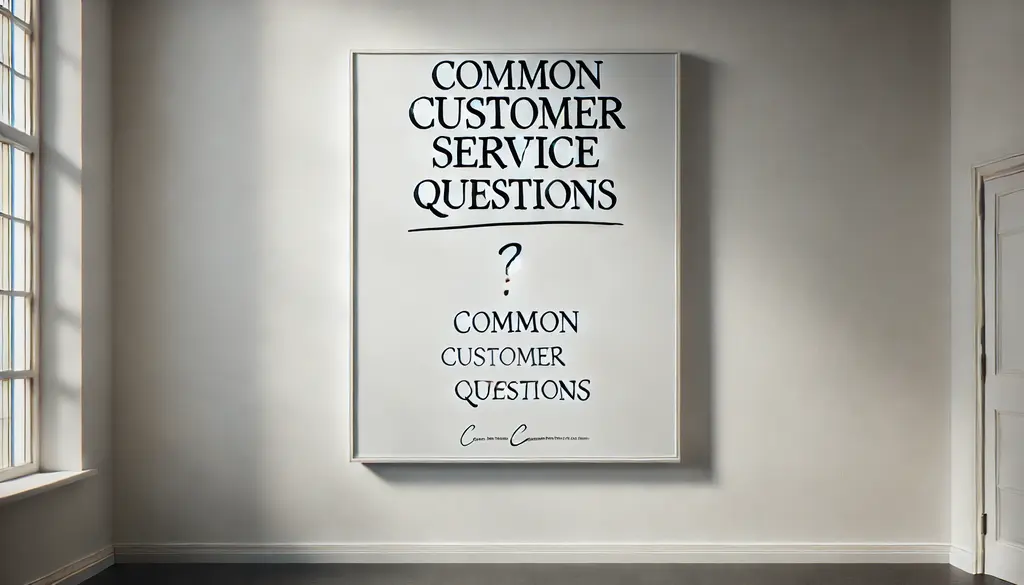







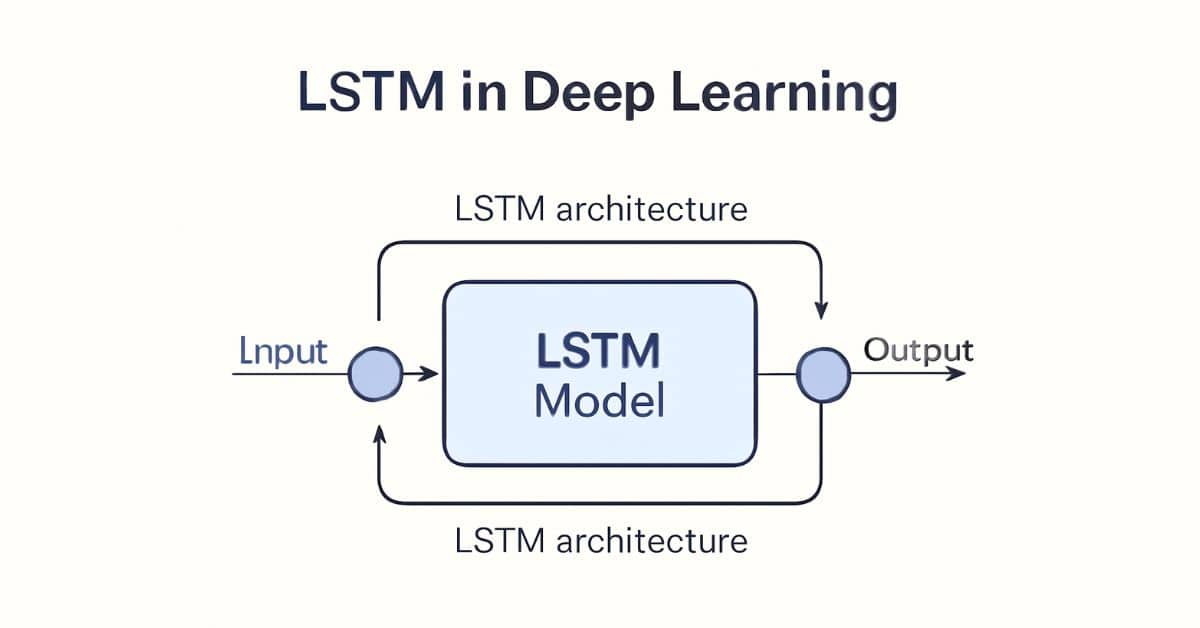














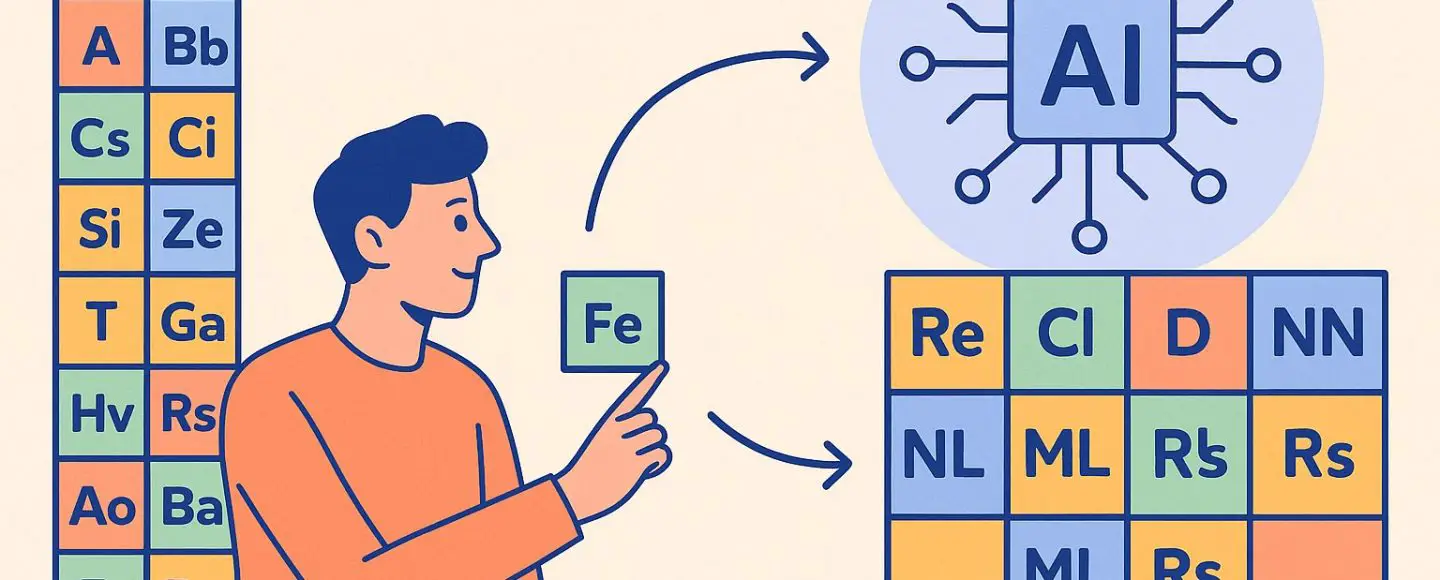
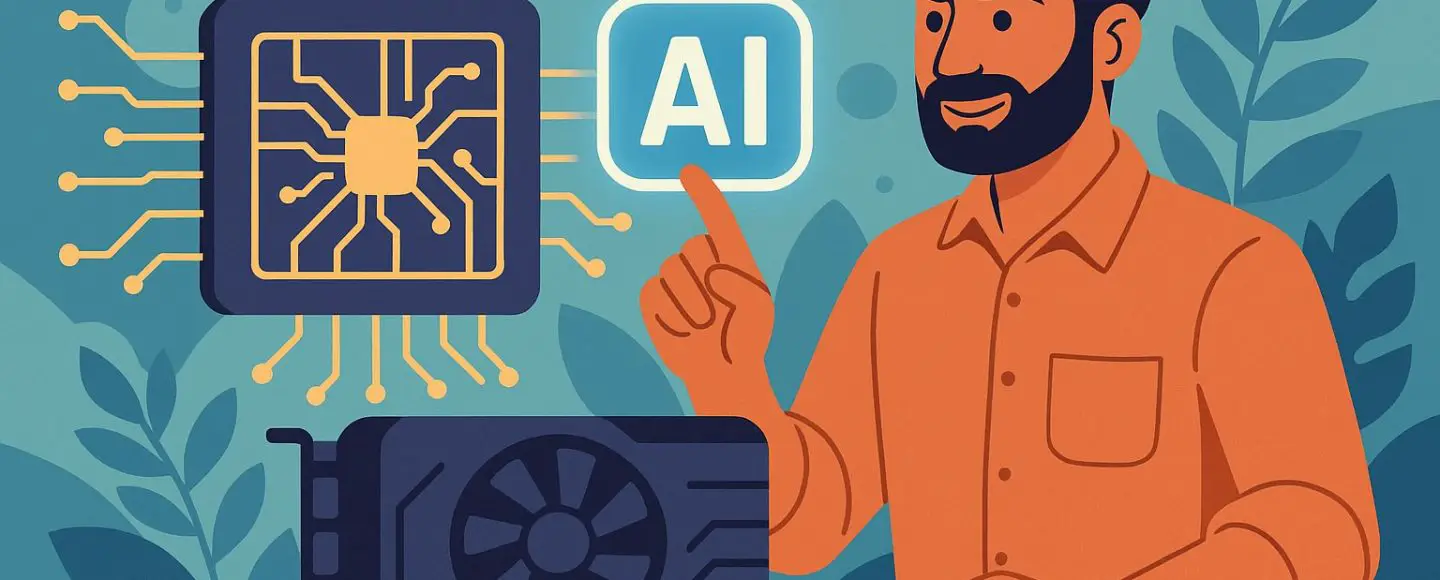


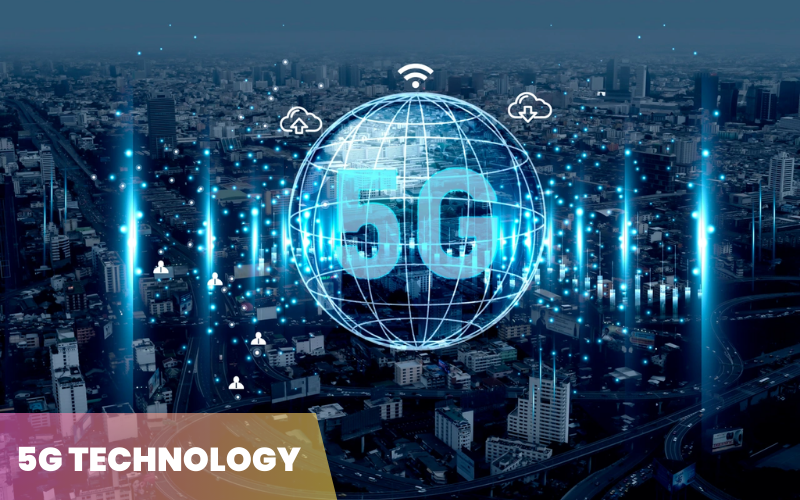
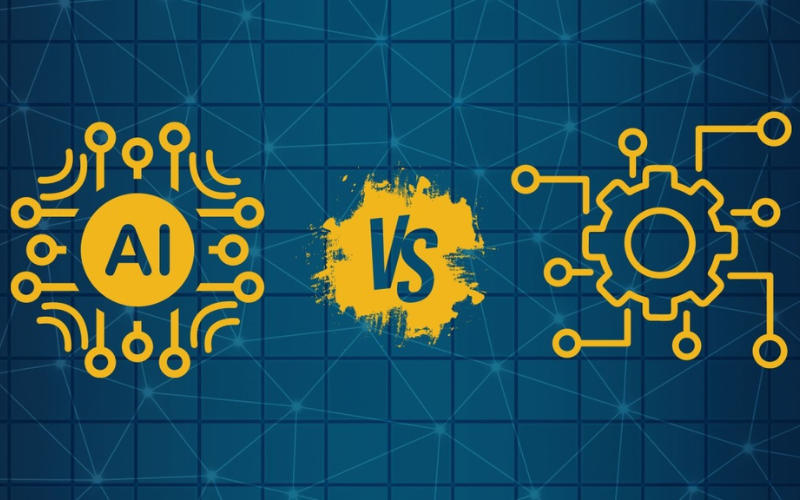





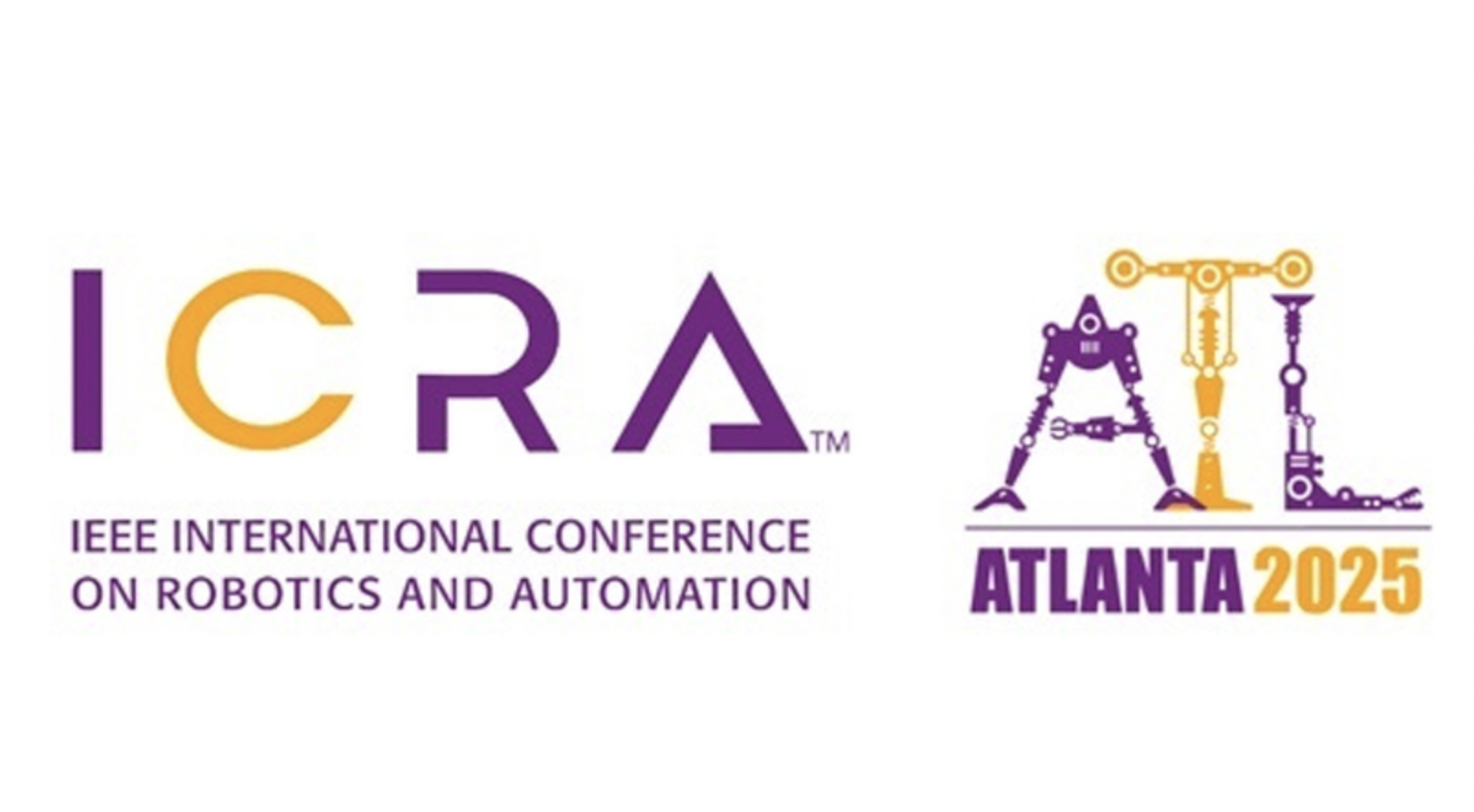
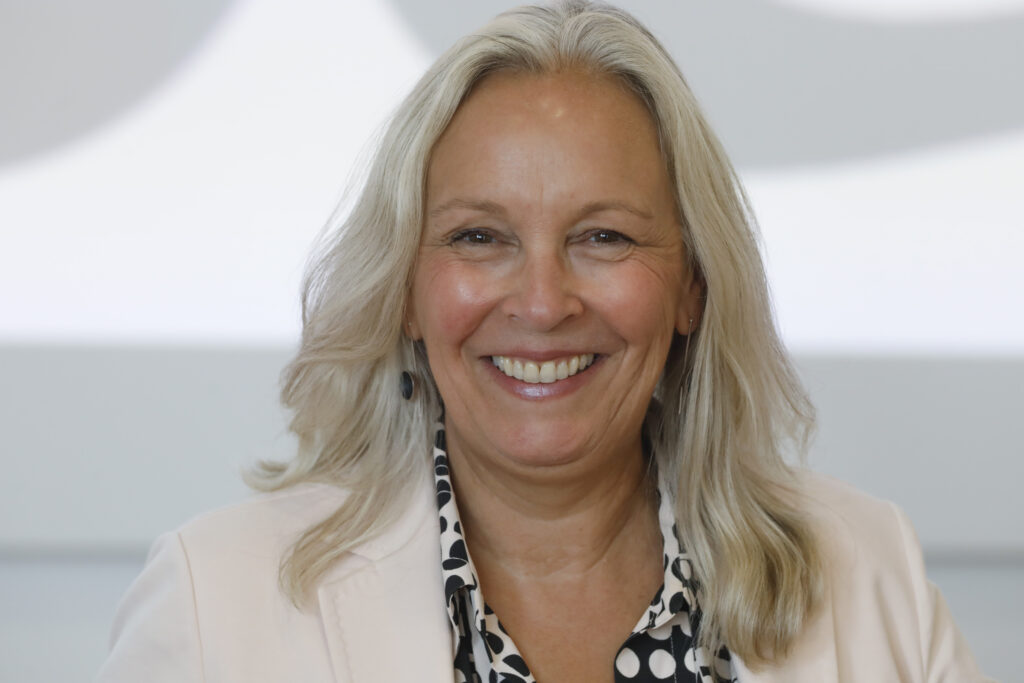

















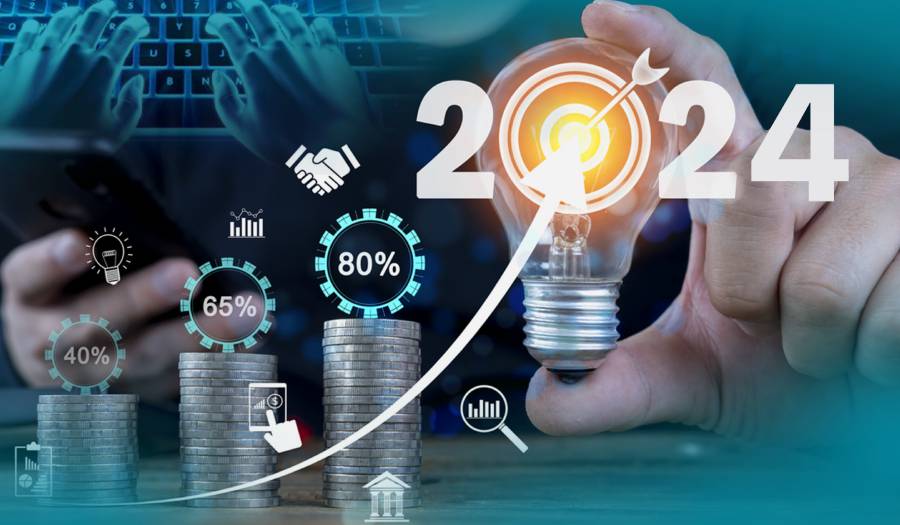
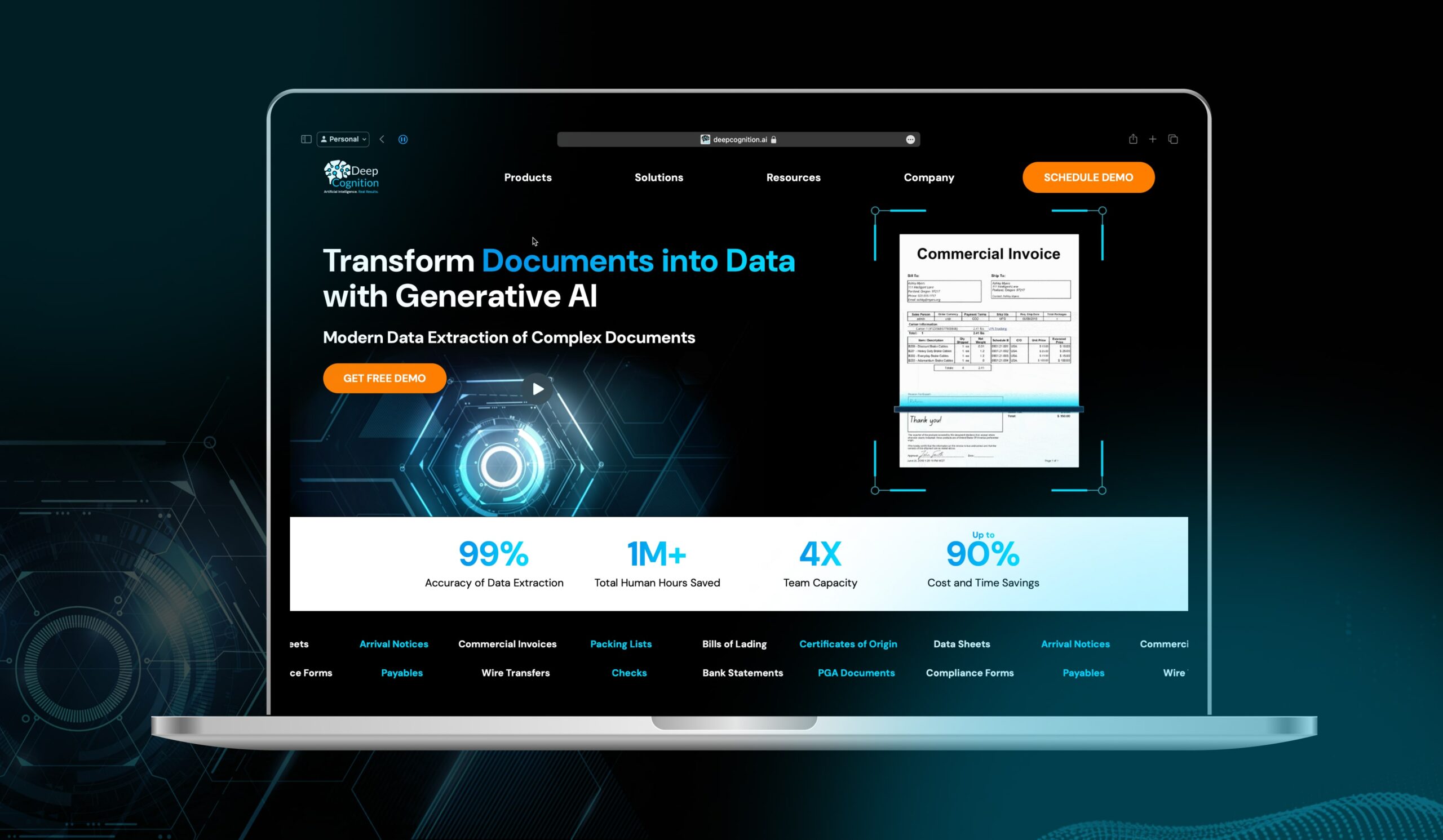




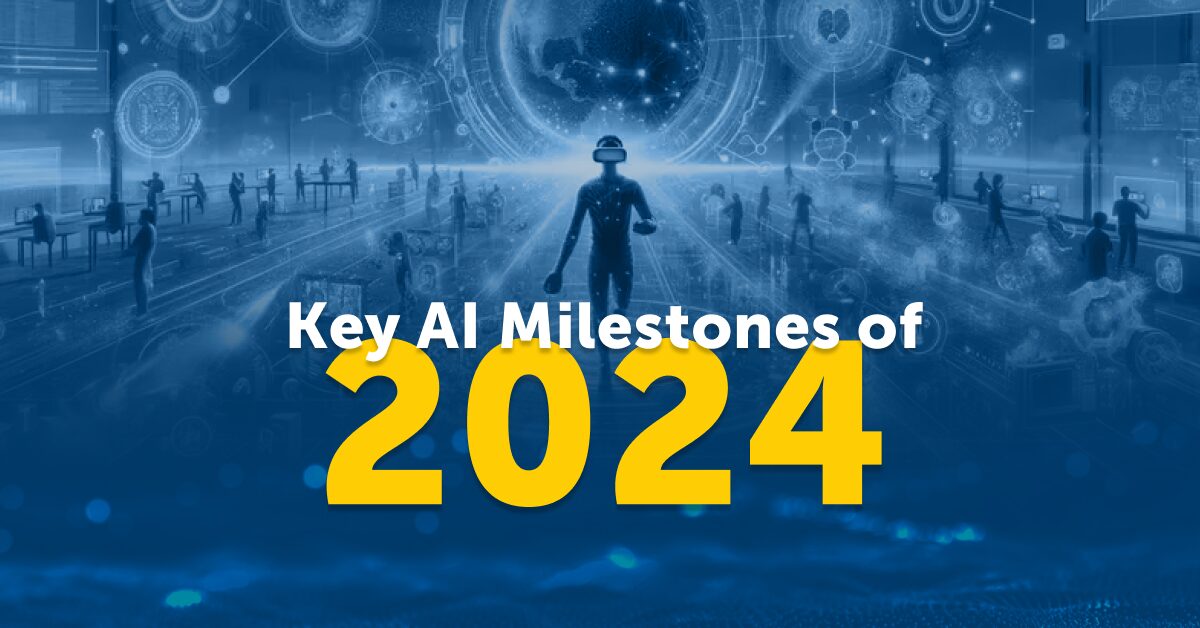



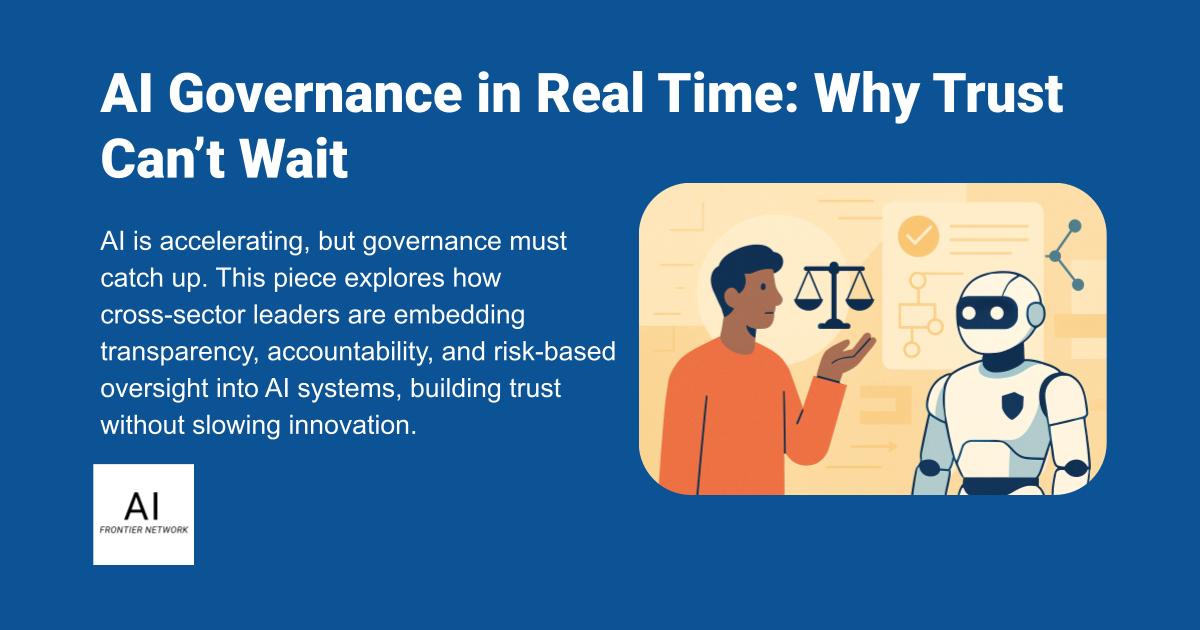
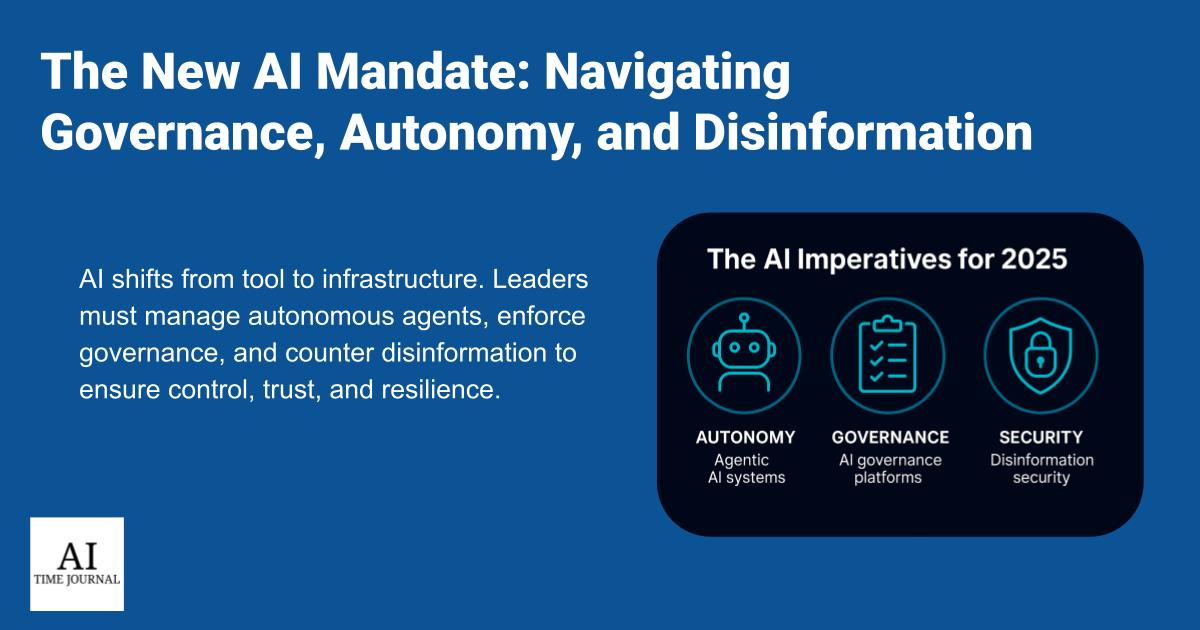
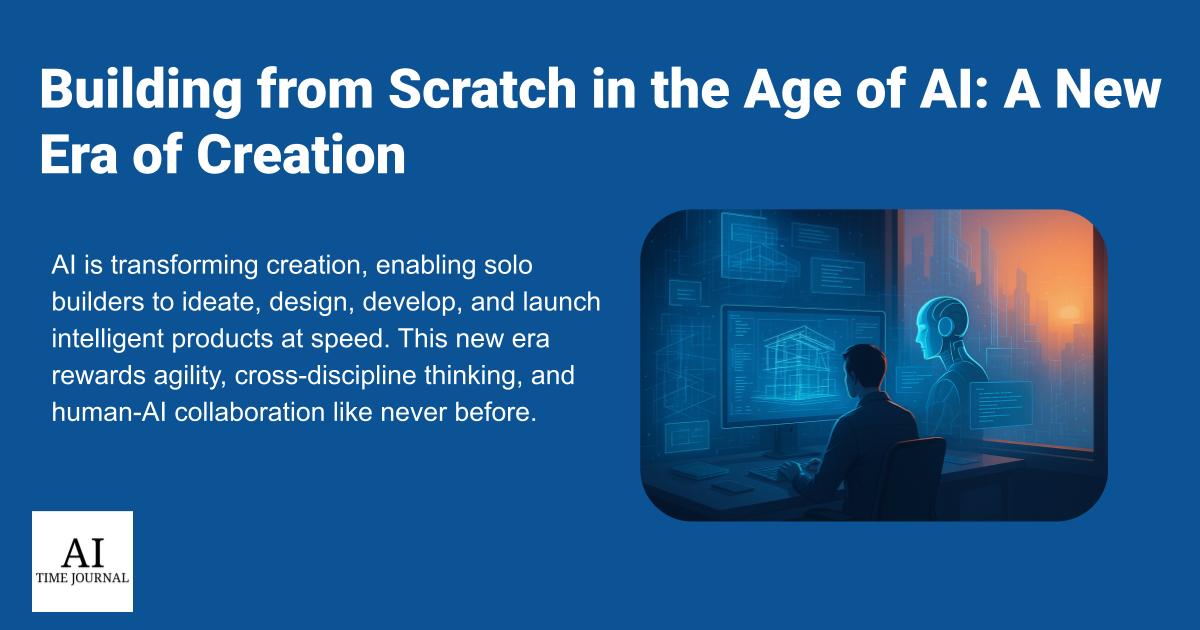
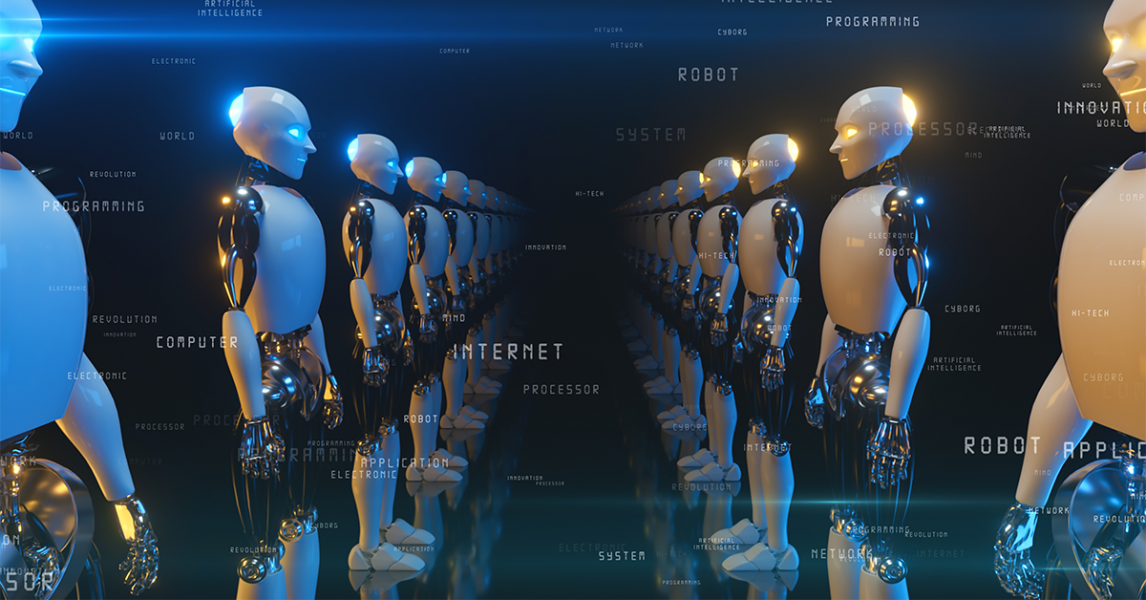








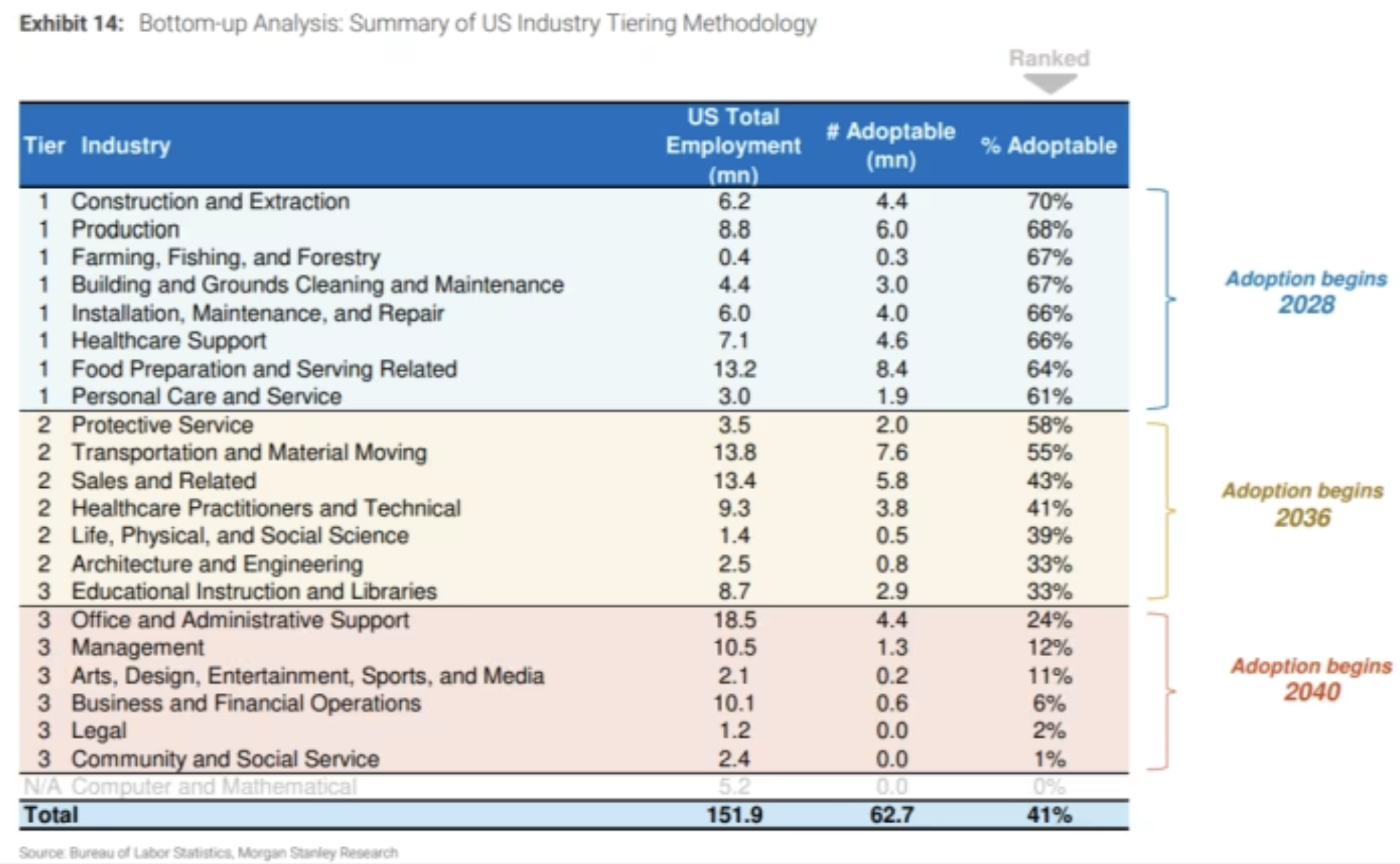
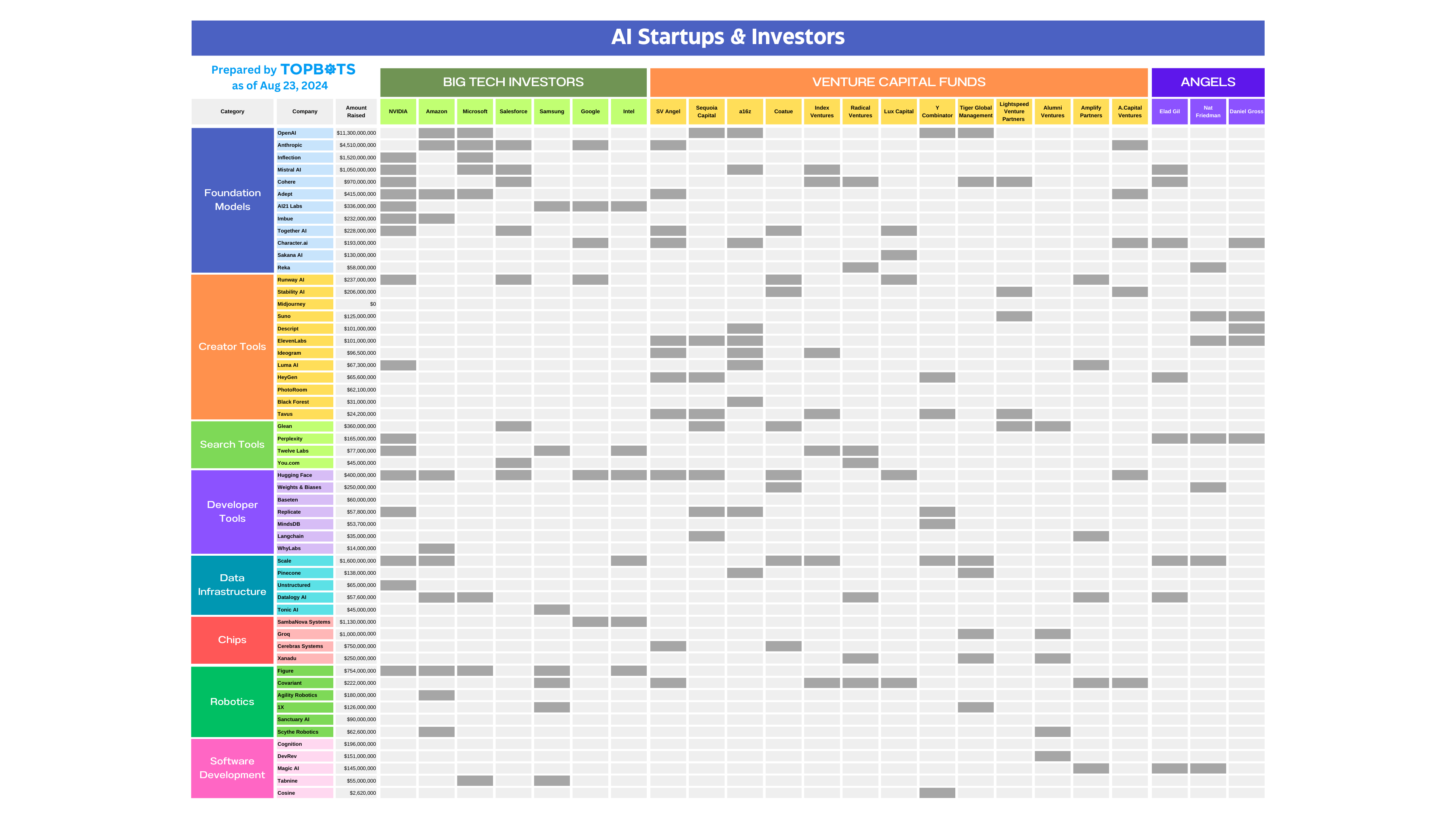
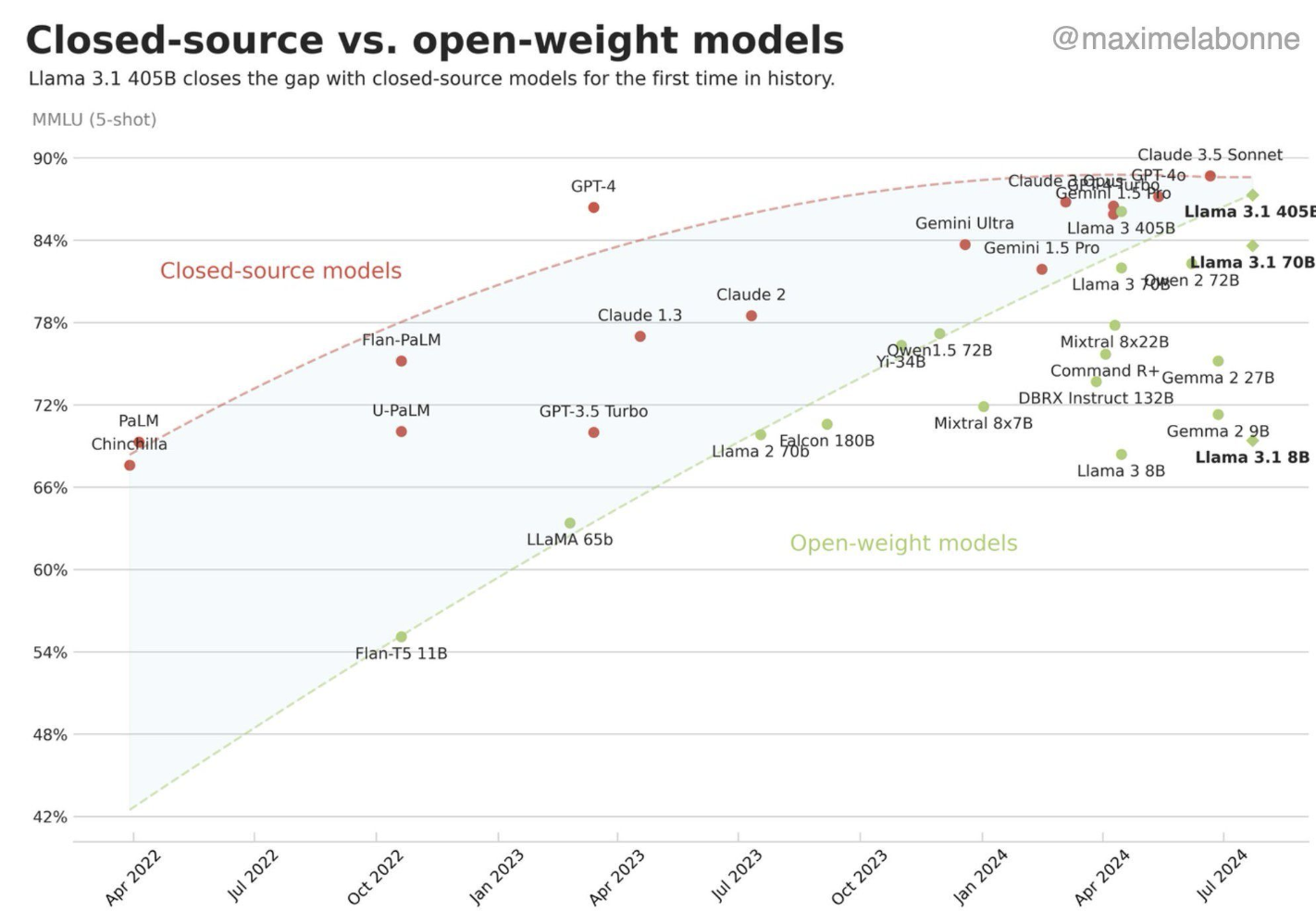
![[The AI Show Episode 149]: Google I/O, Claude 4, White Collar Jobs Automated in 5 Years, Jony Ive Joins OpenAI, and AI’s Impact on the Environment](https://www.marketingaiinstitute.com/hubfs/ep%20149%20cover.png)

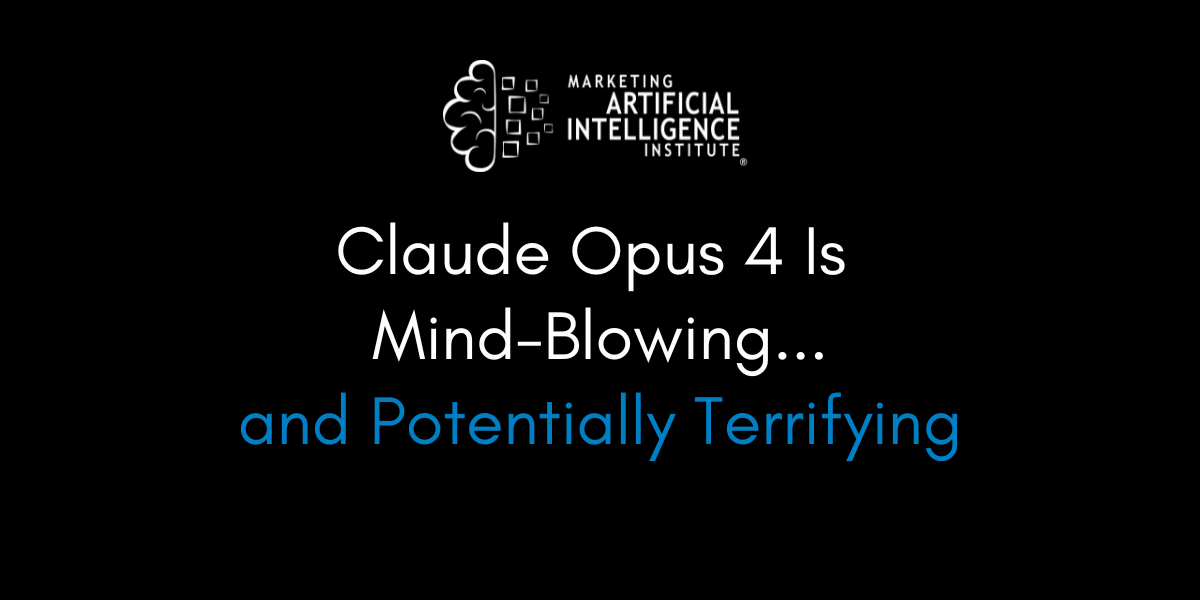
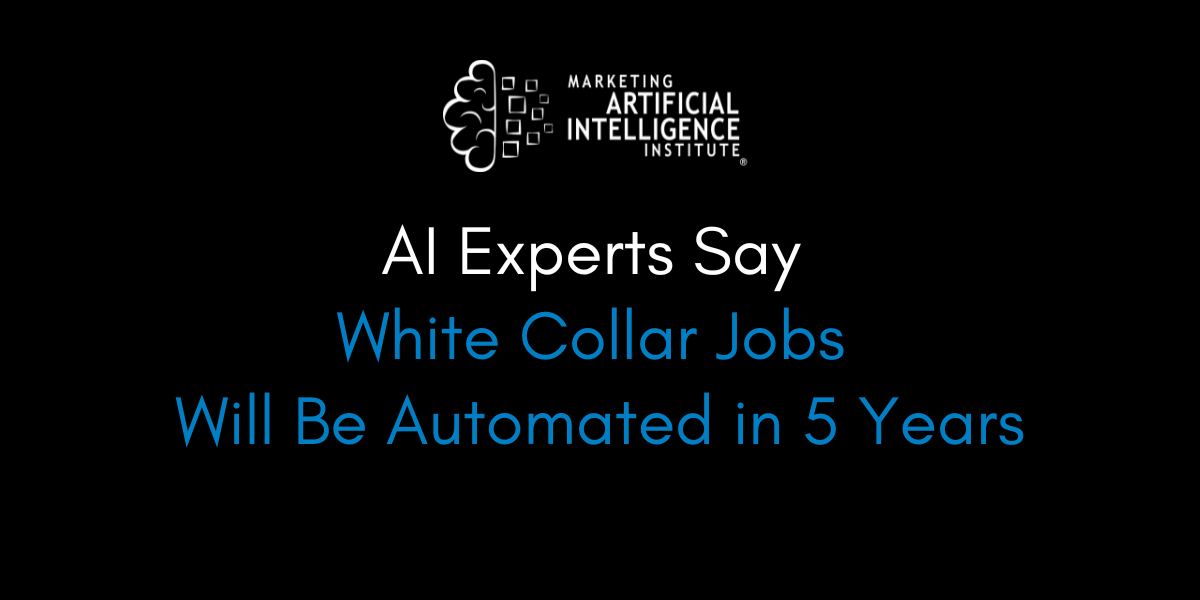








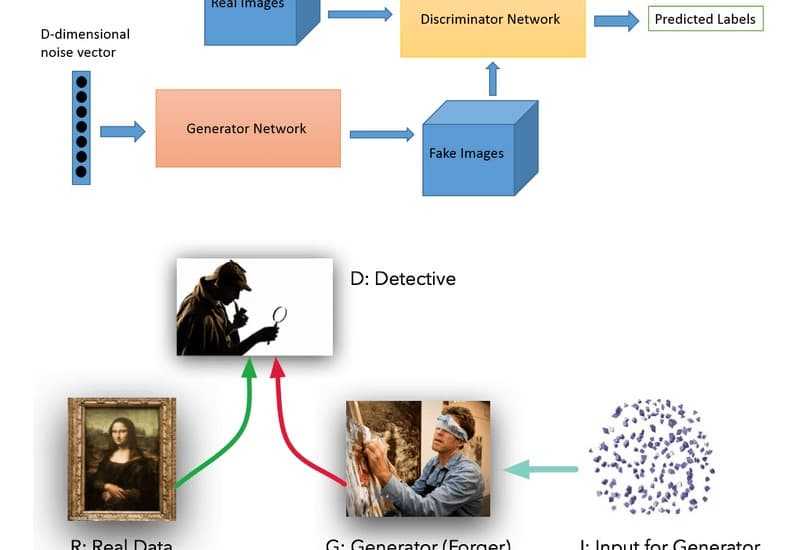

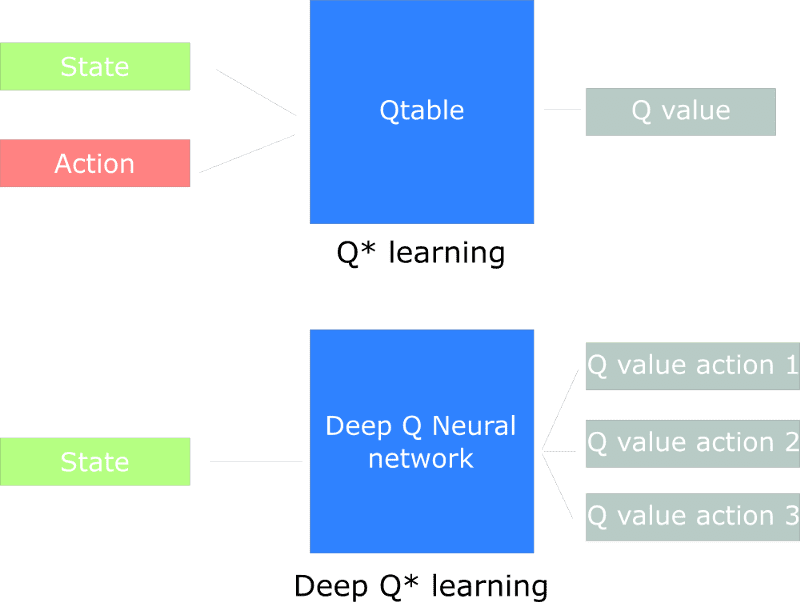


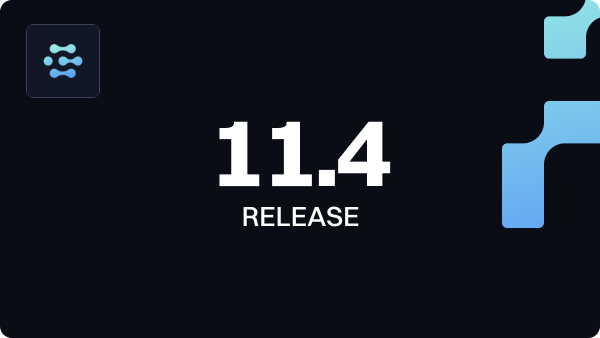


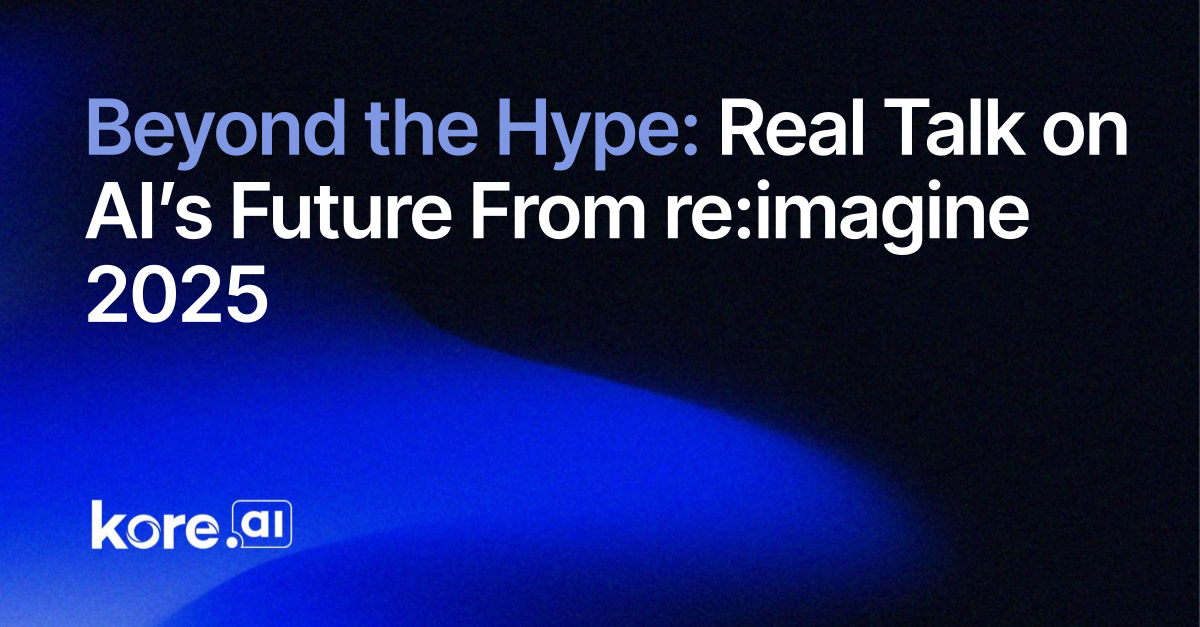


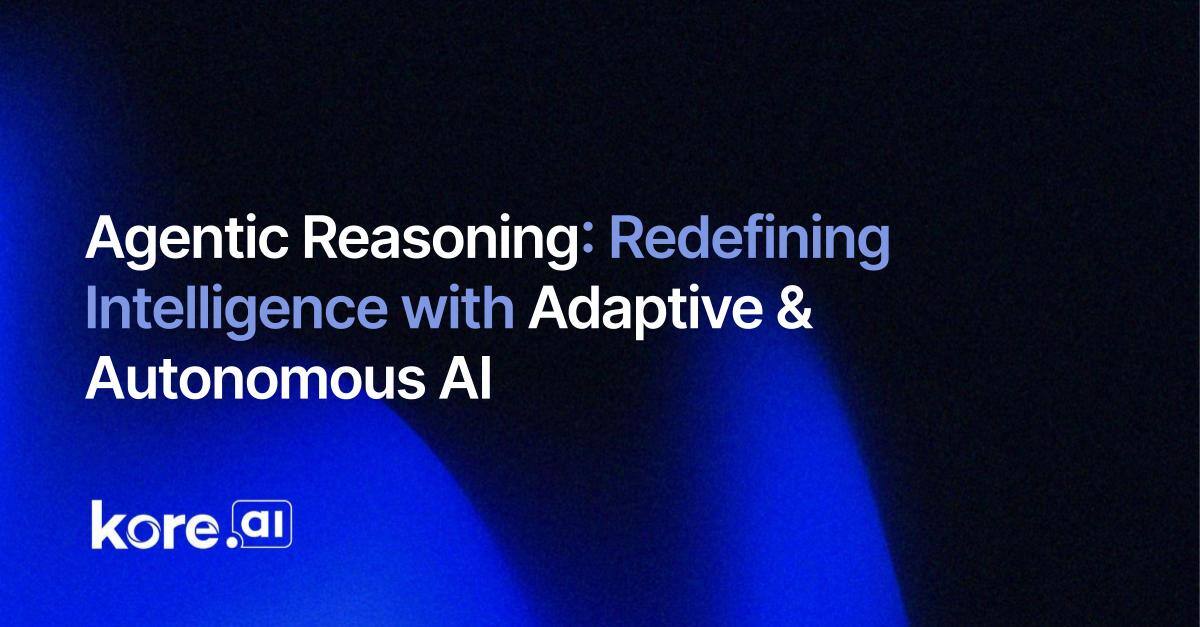








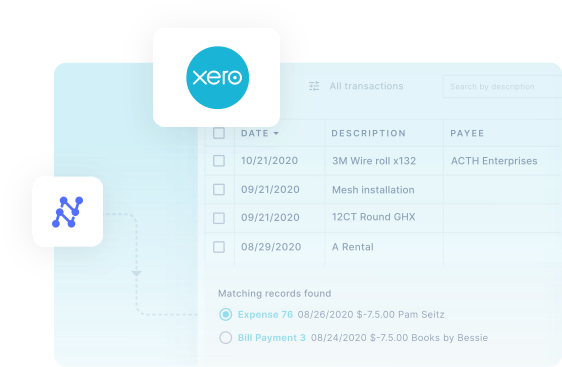
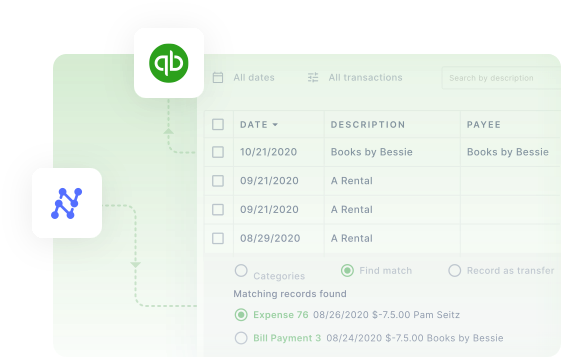



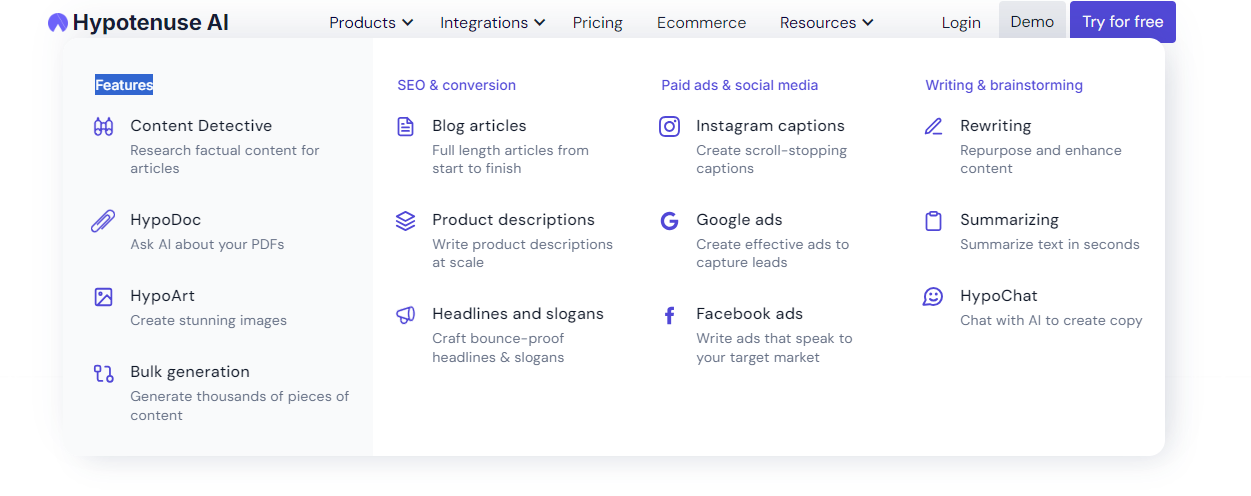


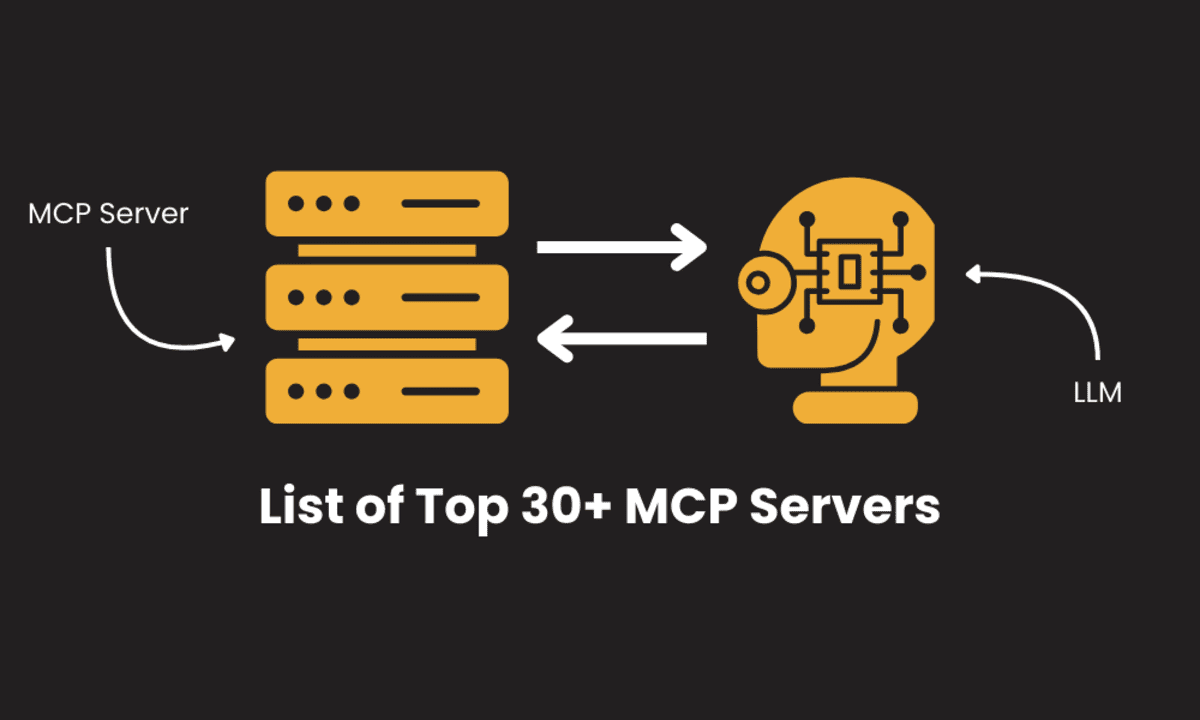


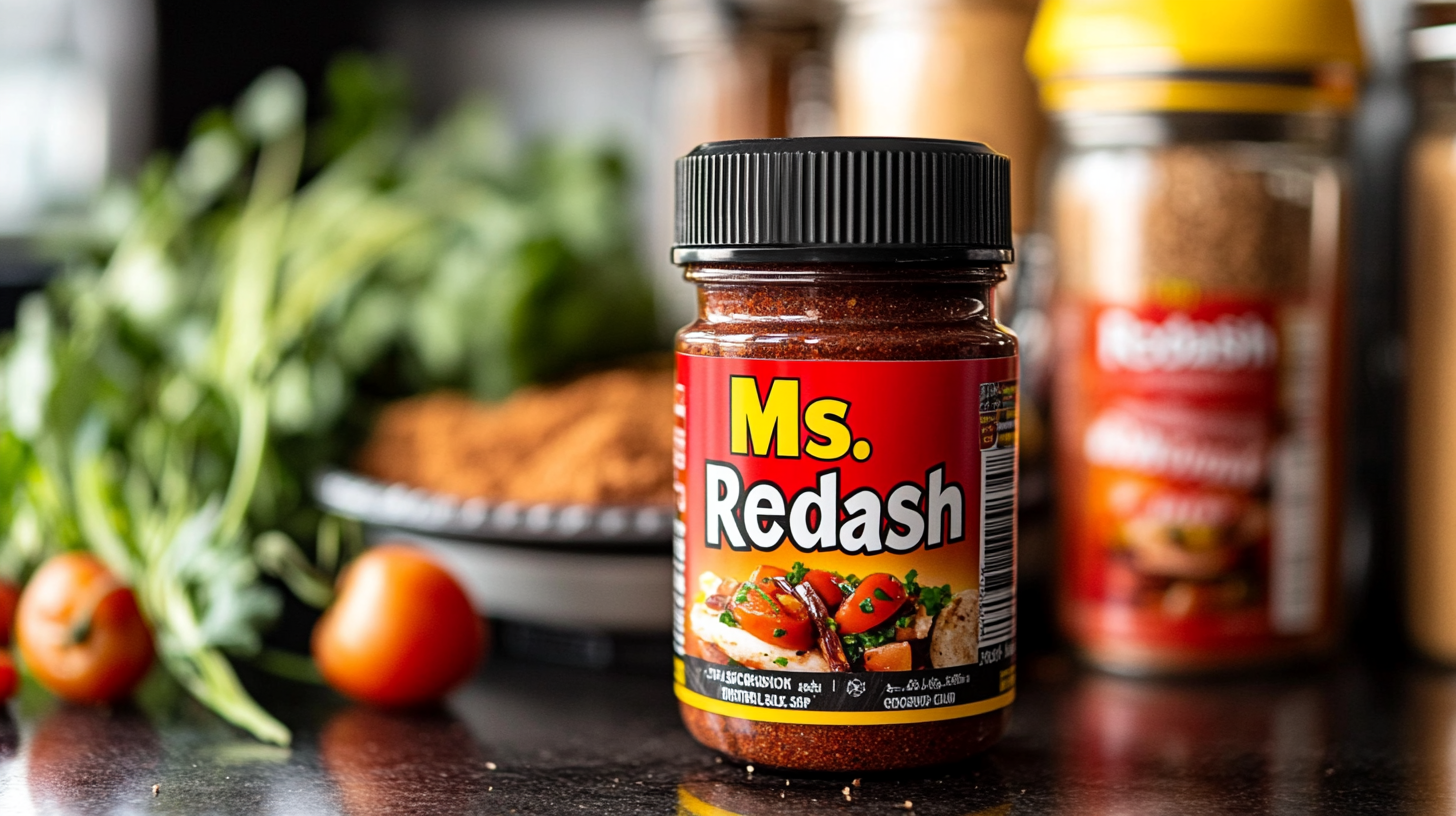




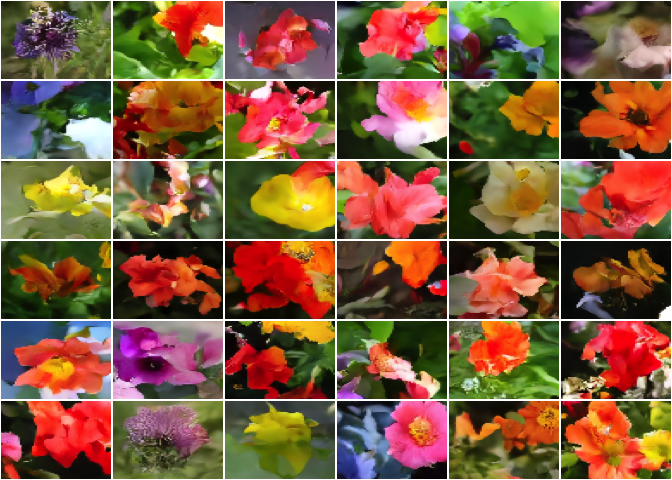
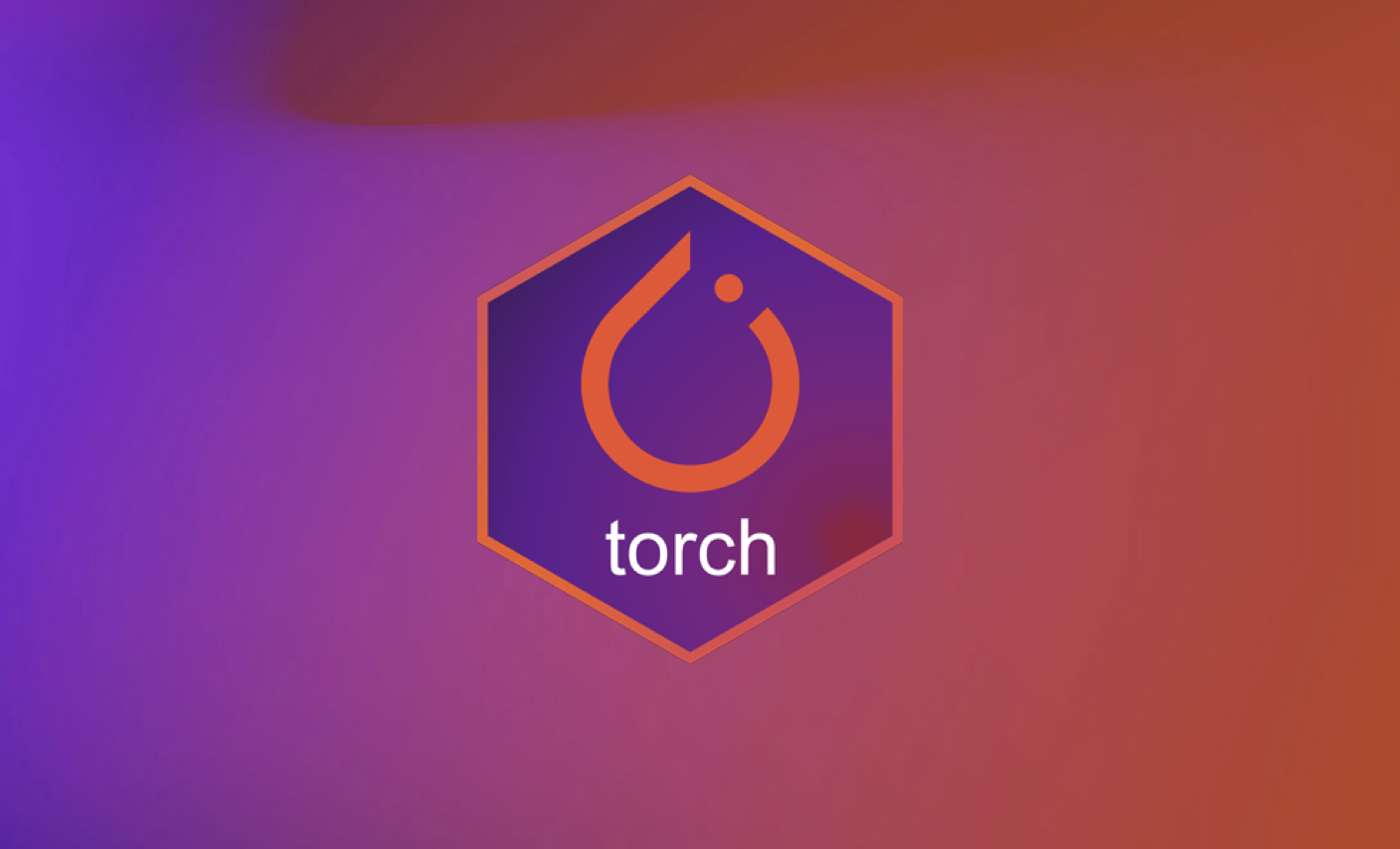












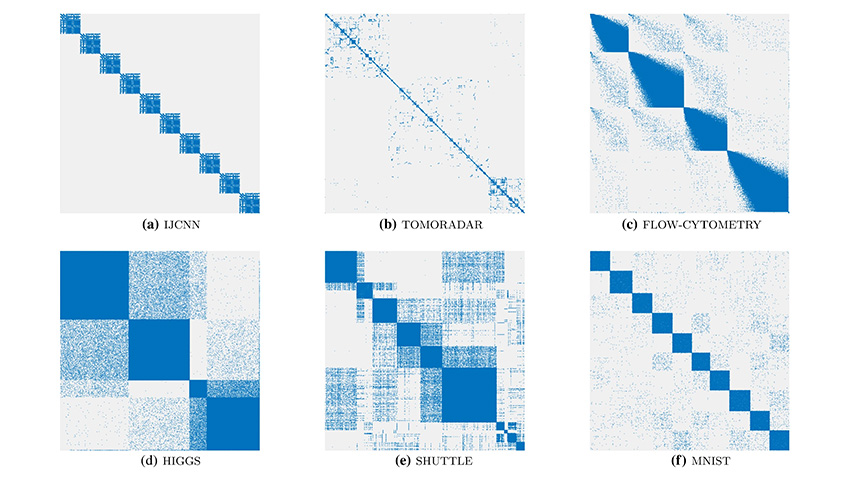
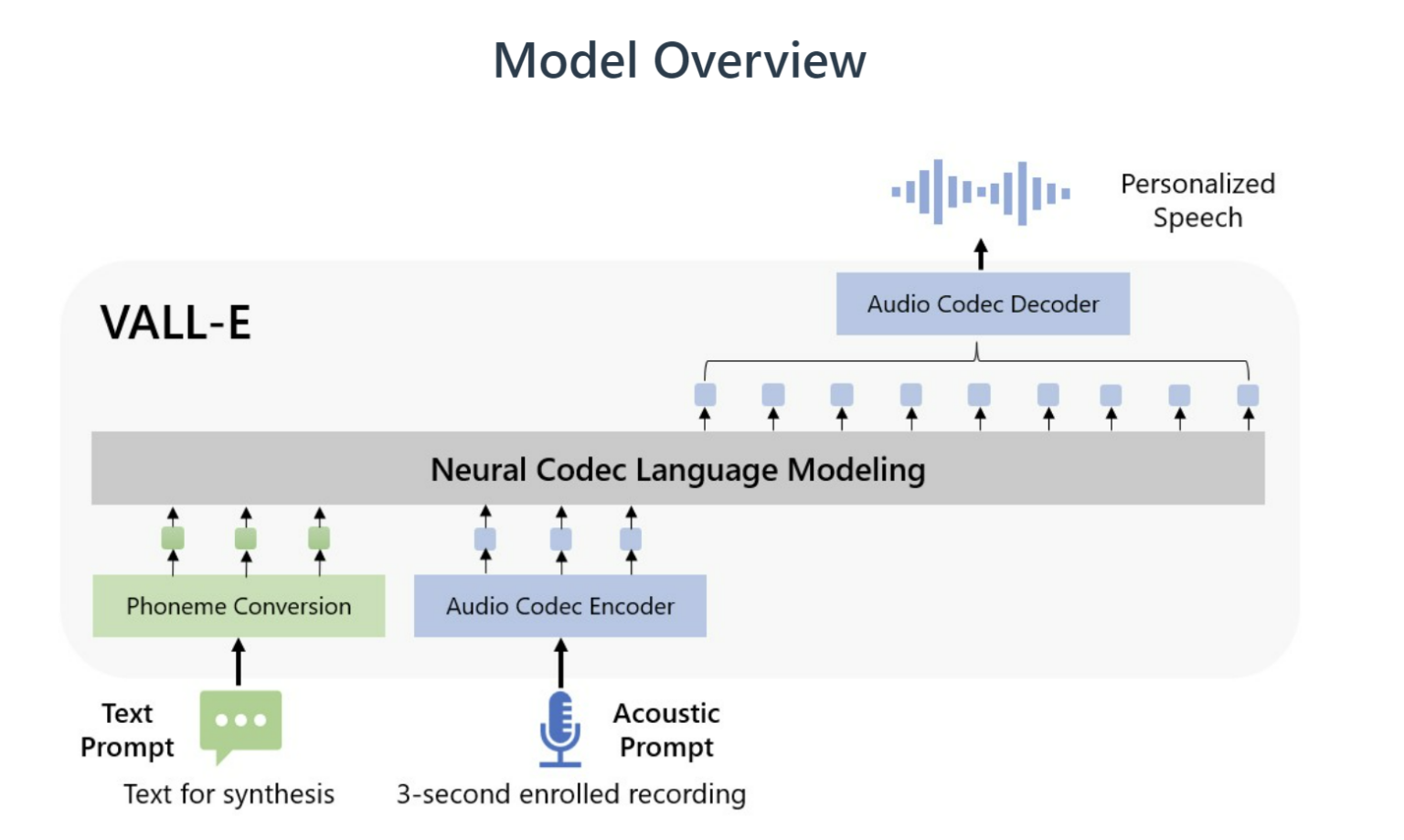
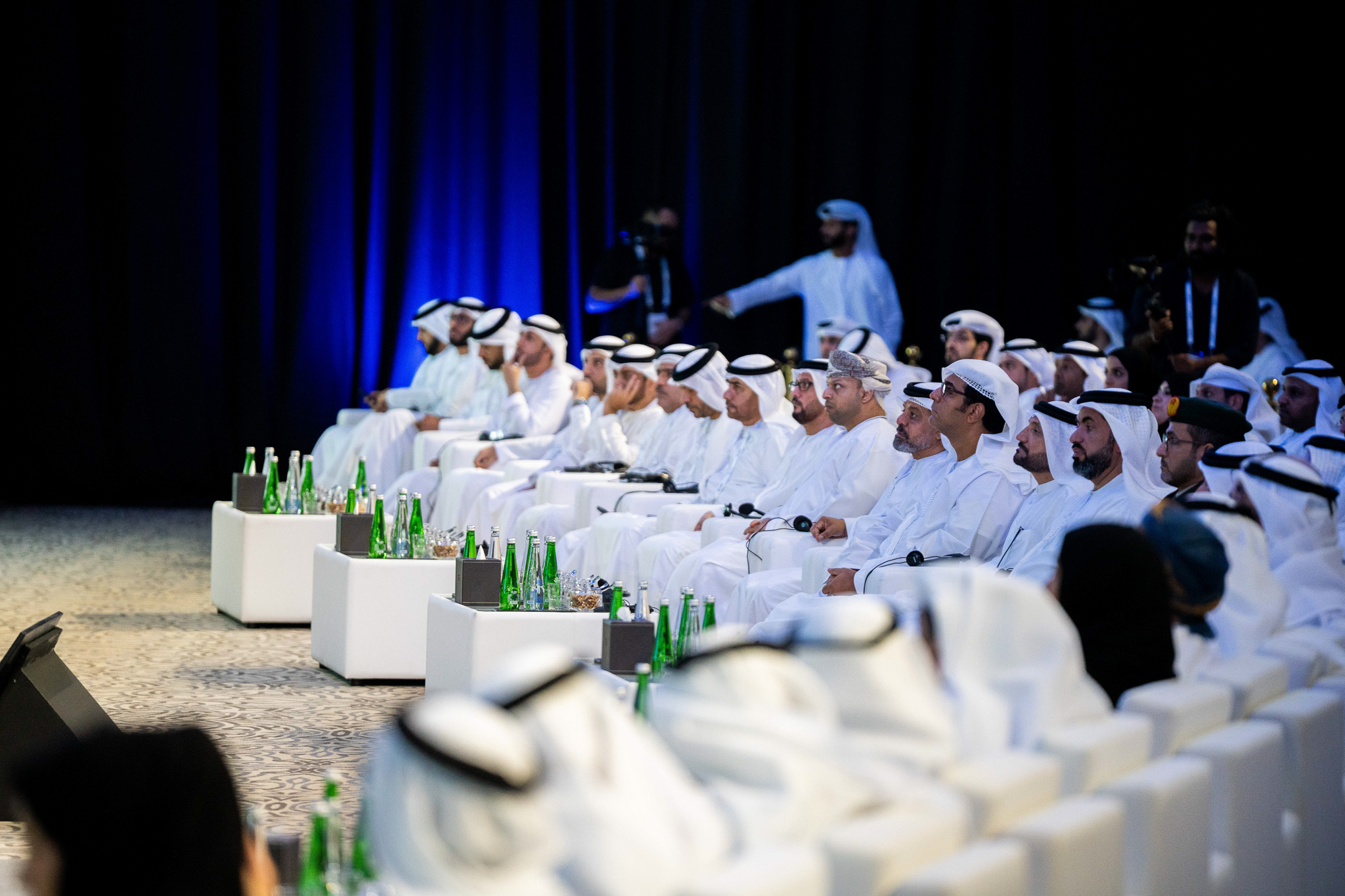


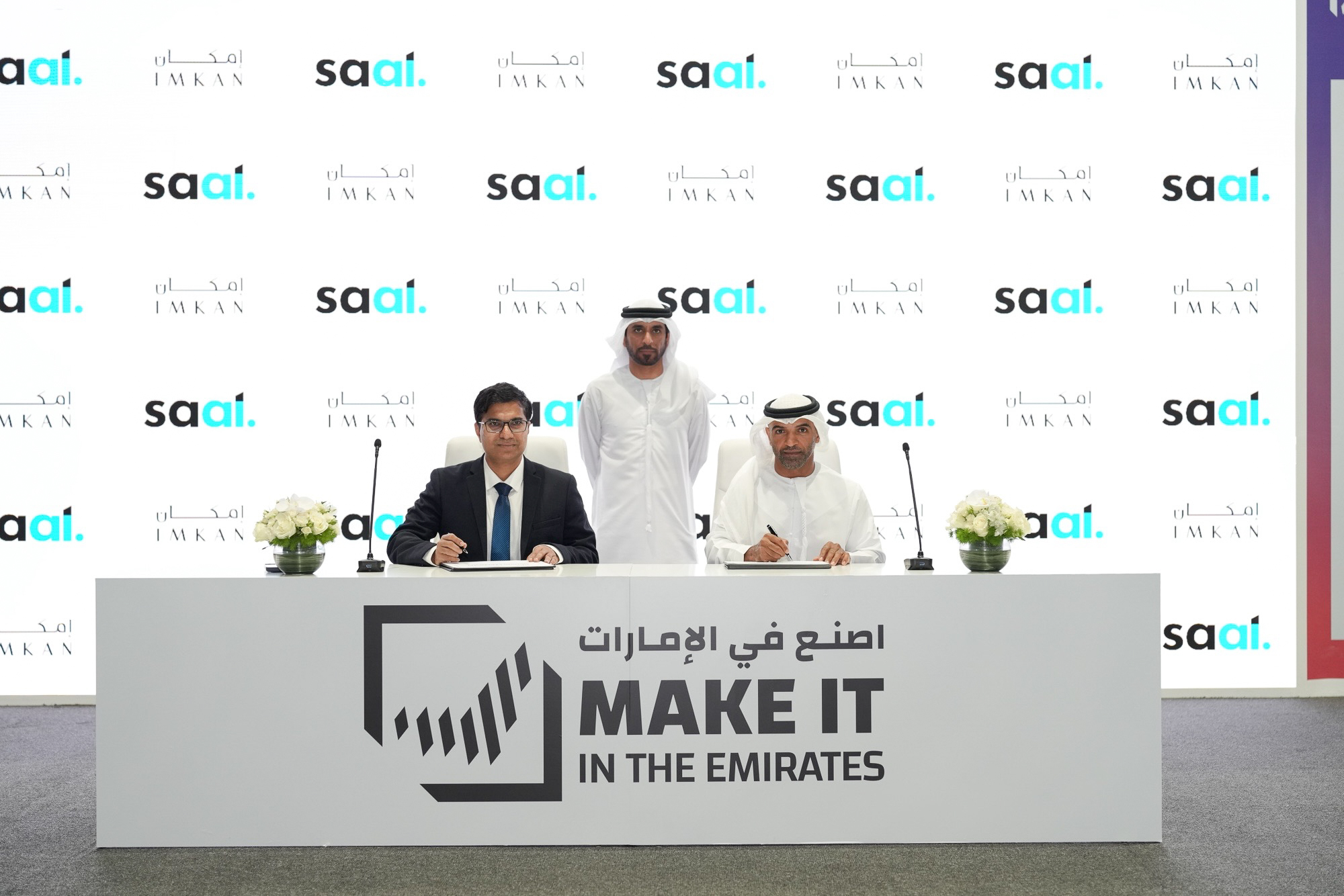










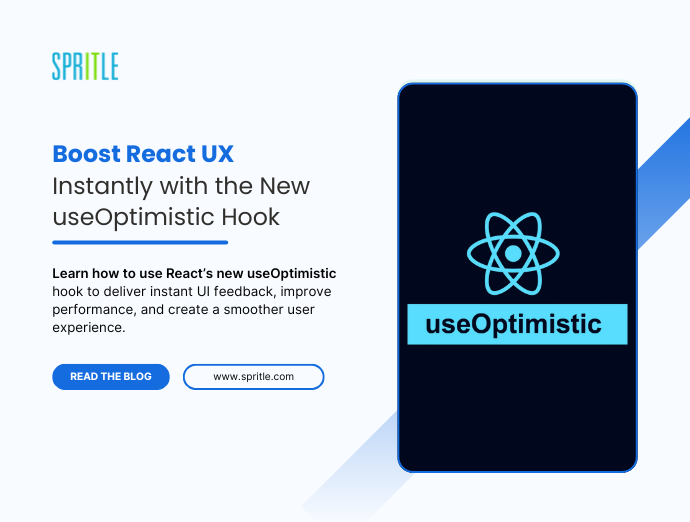
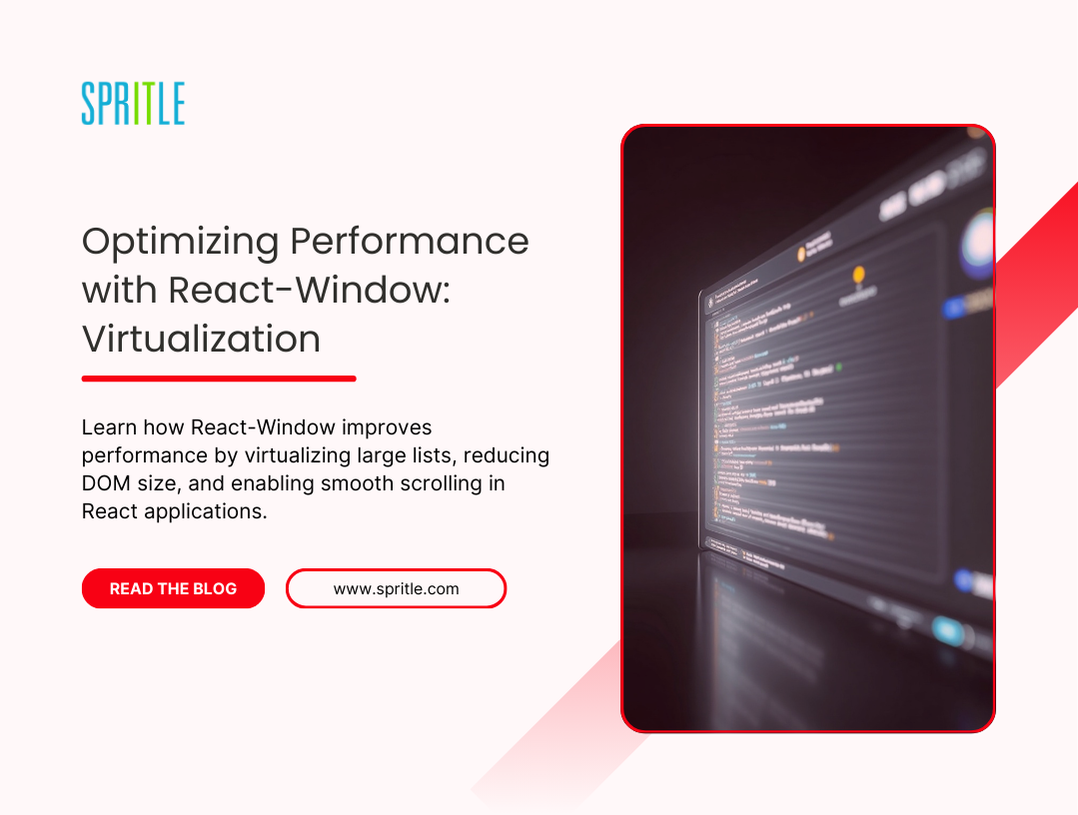















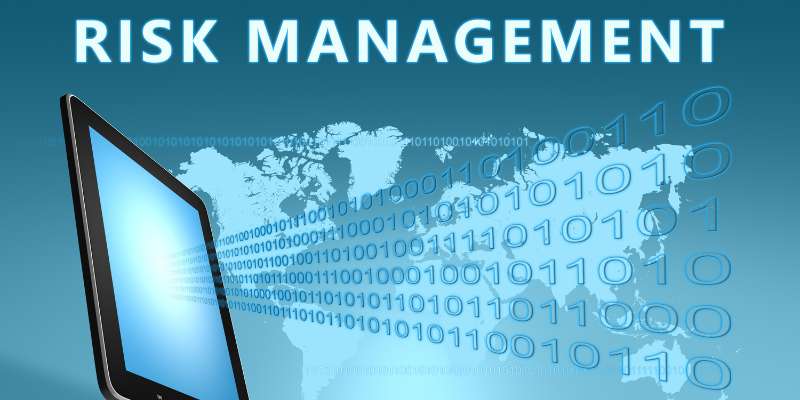









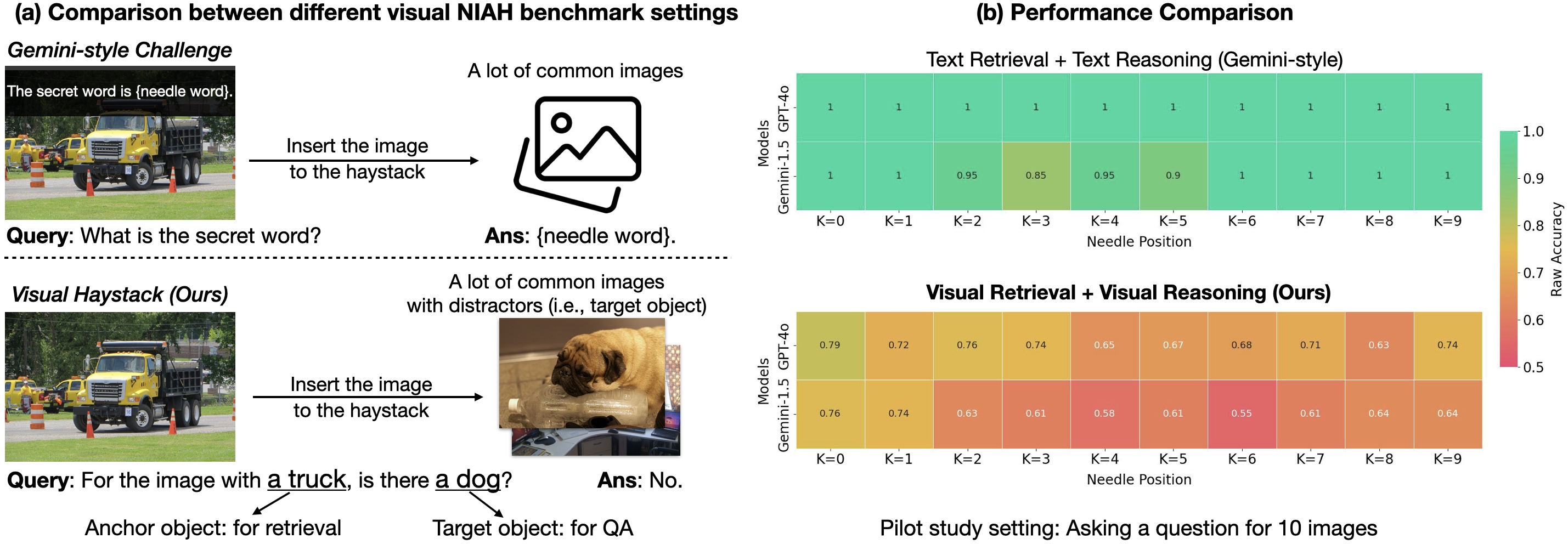

















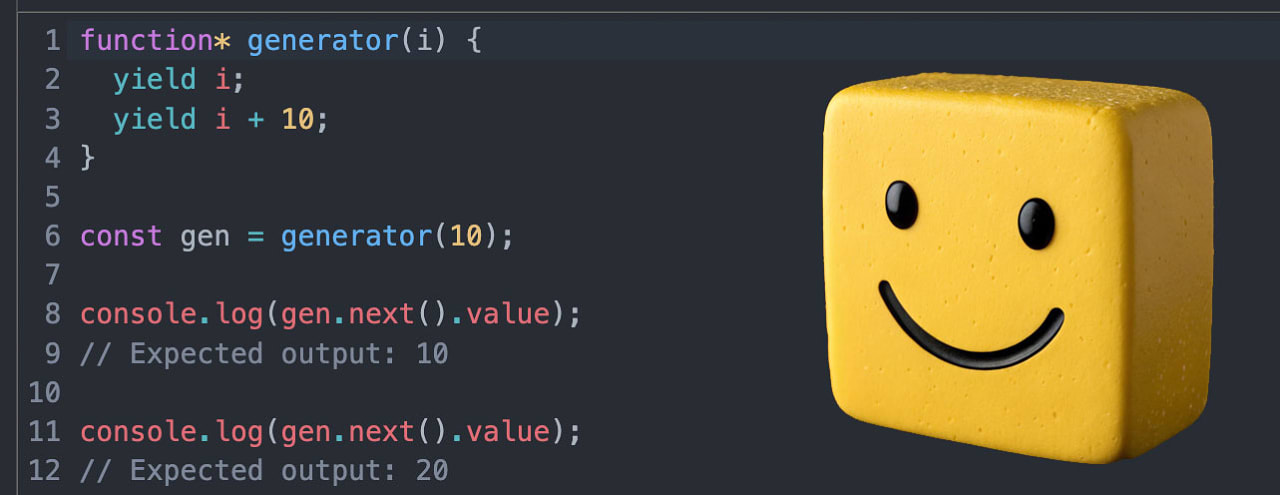
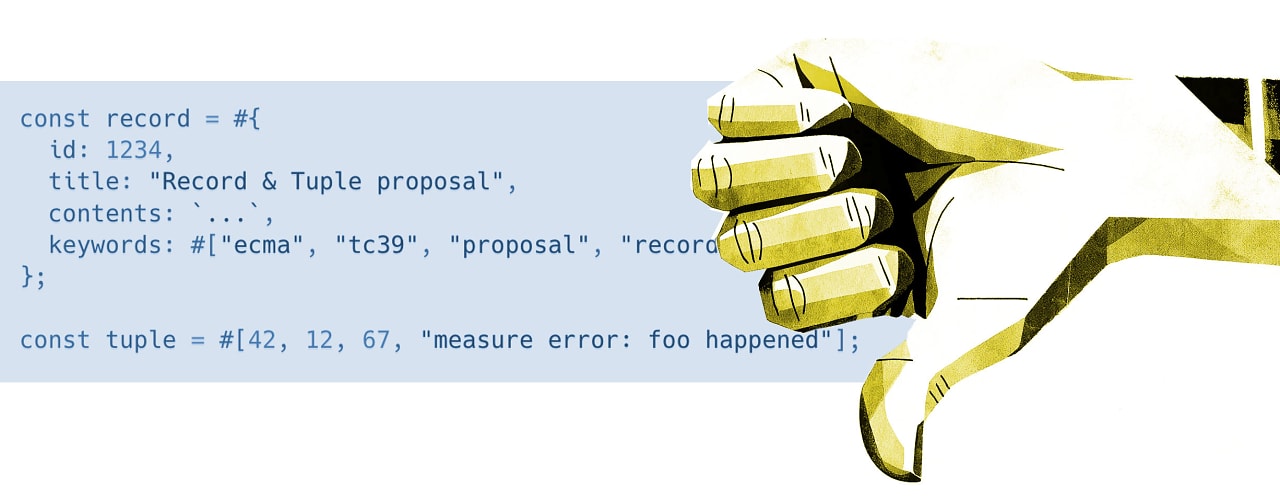


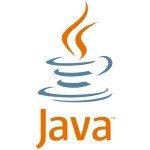




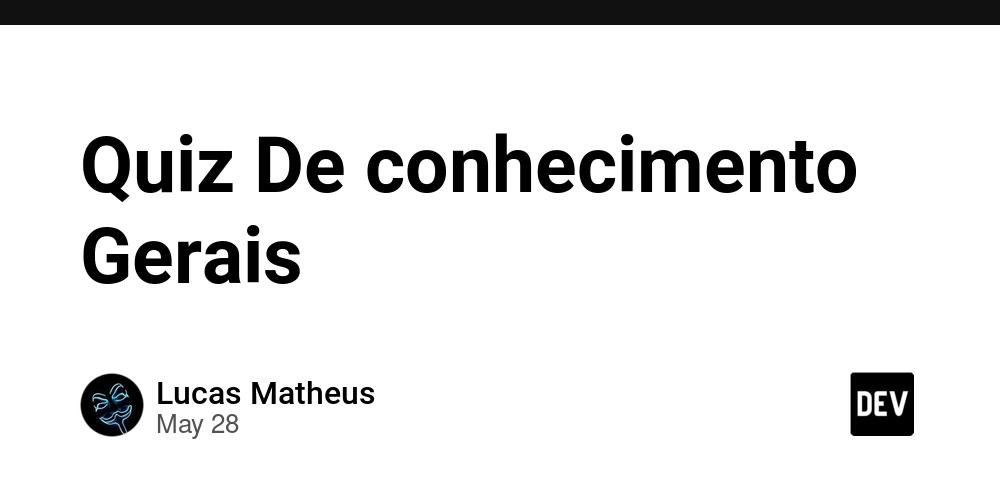
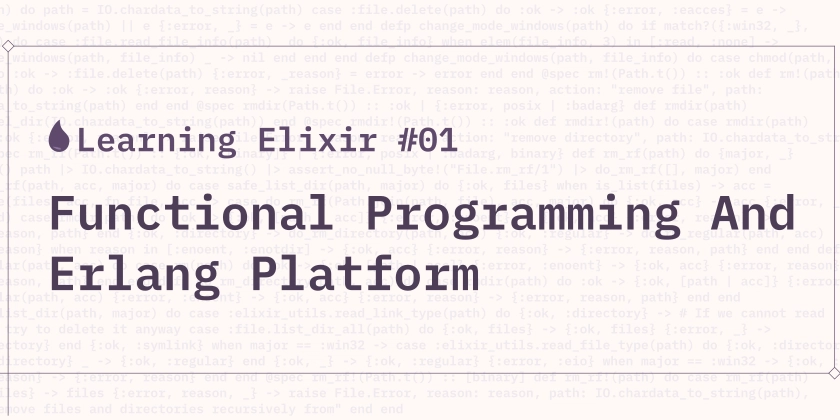
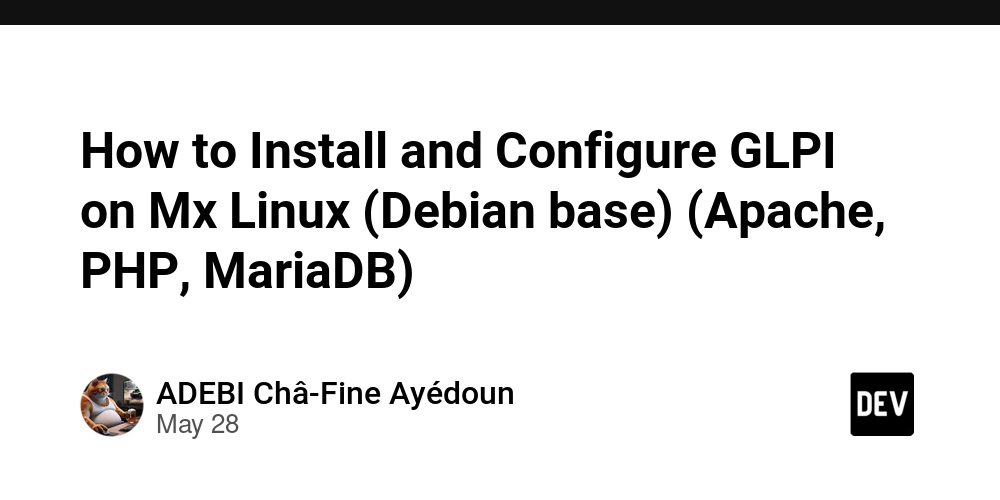
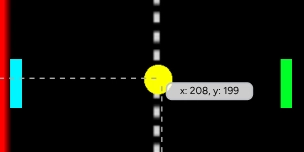


















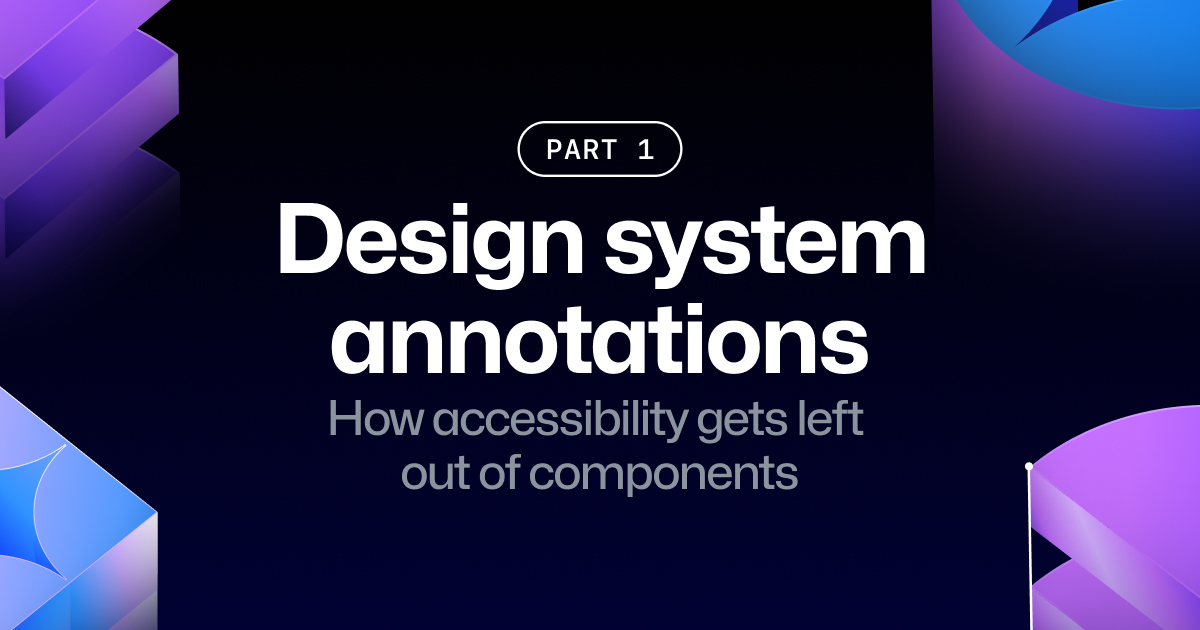















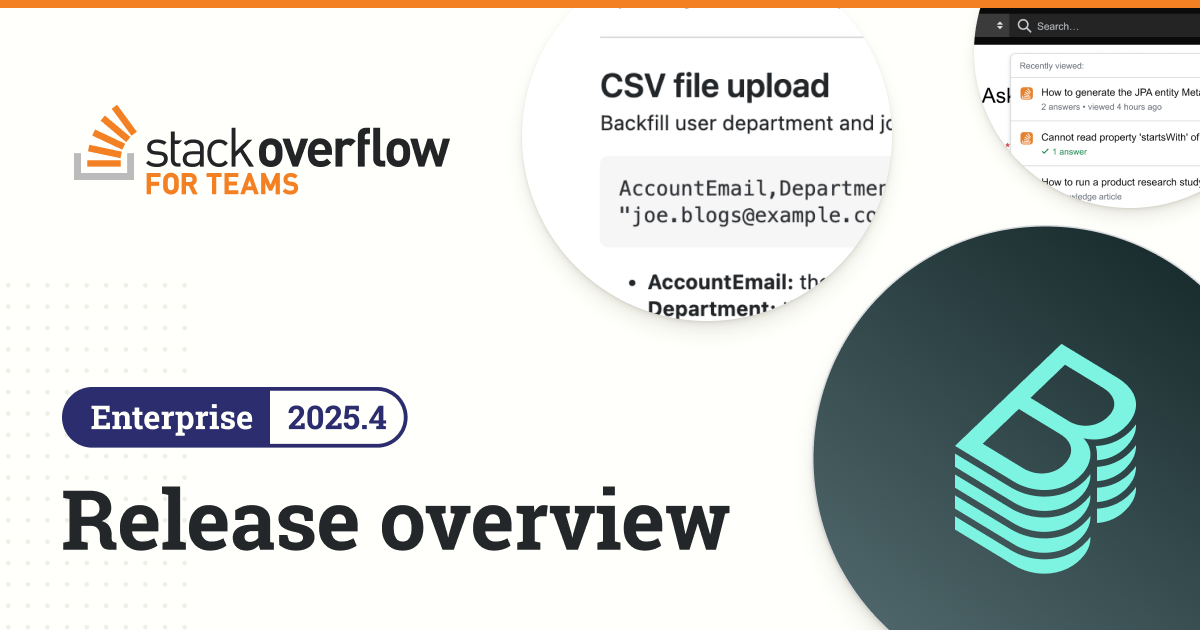

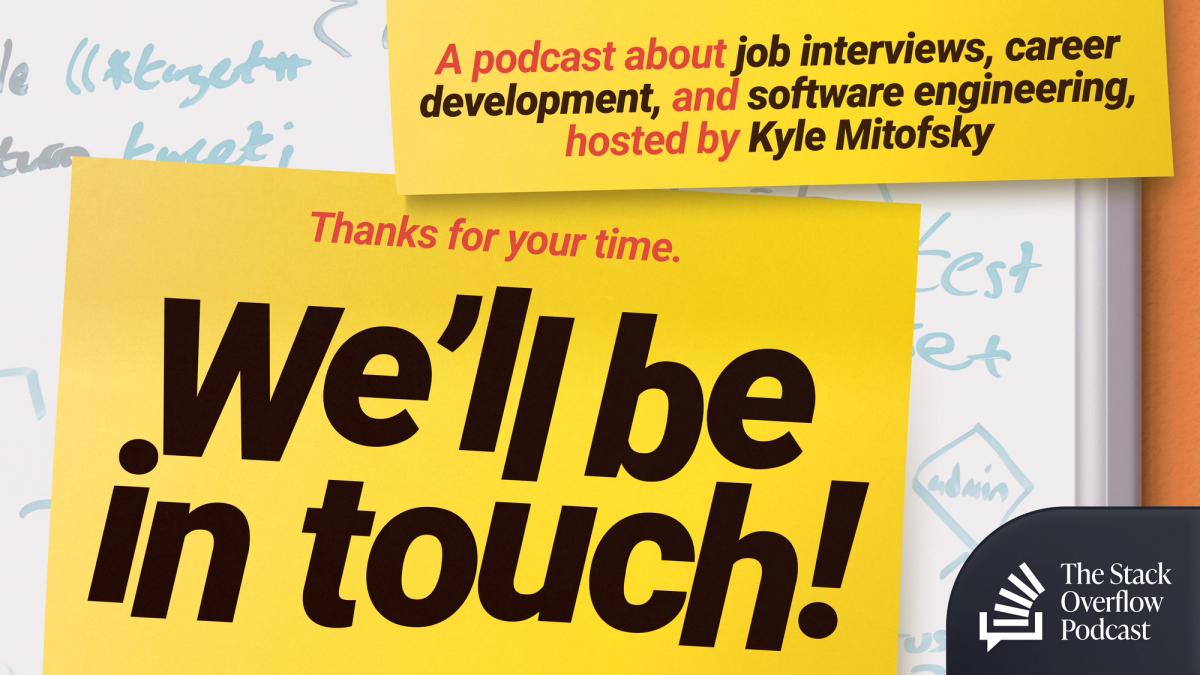



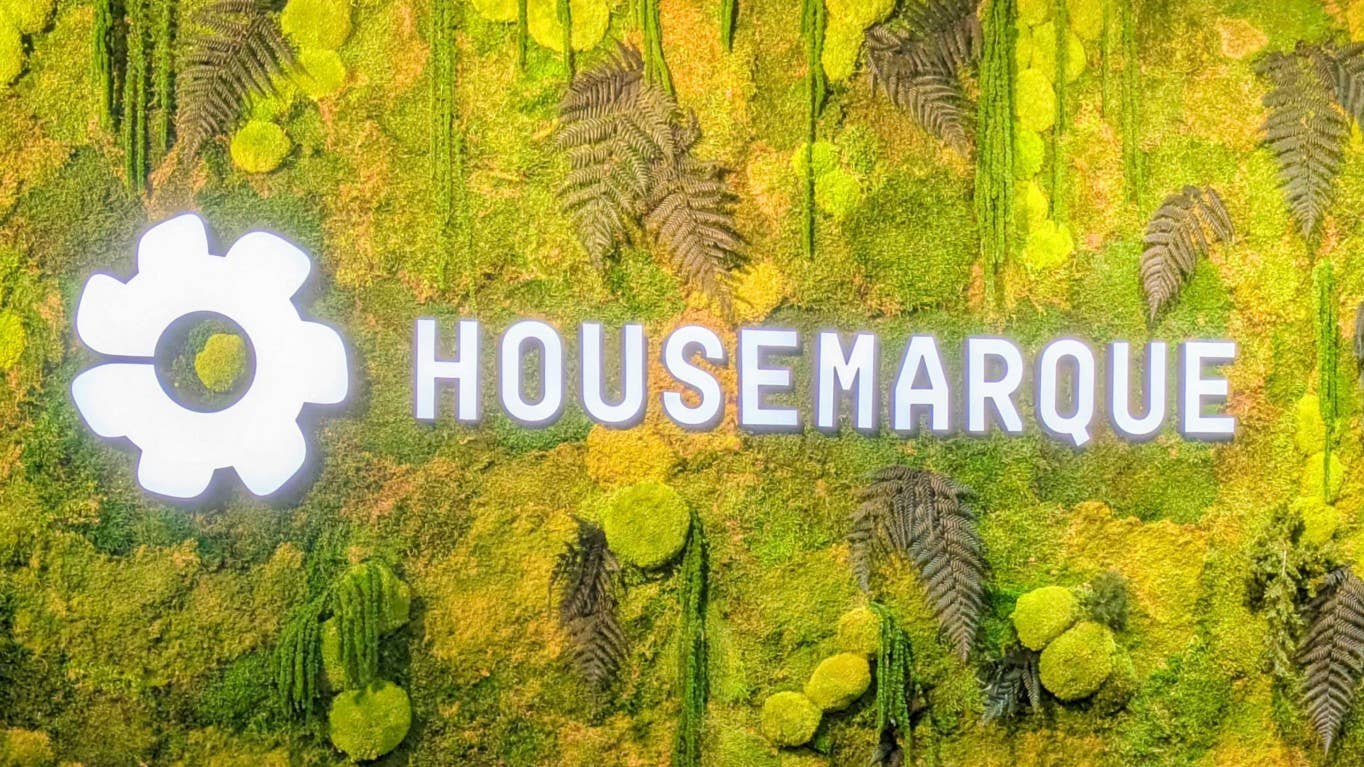


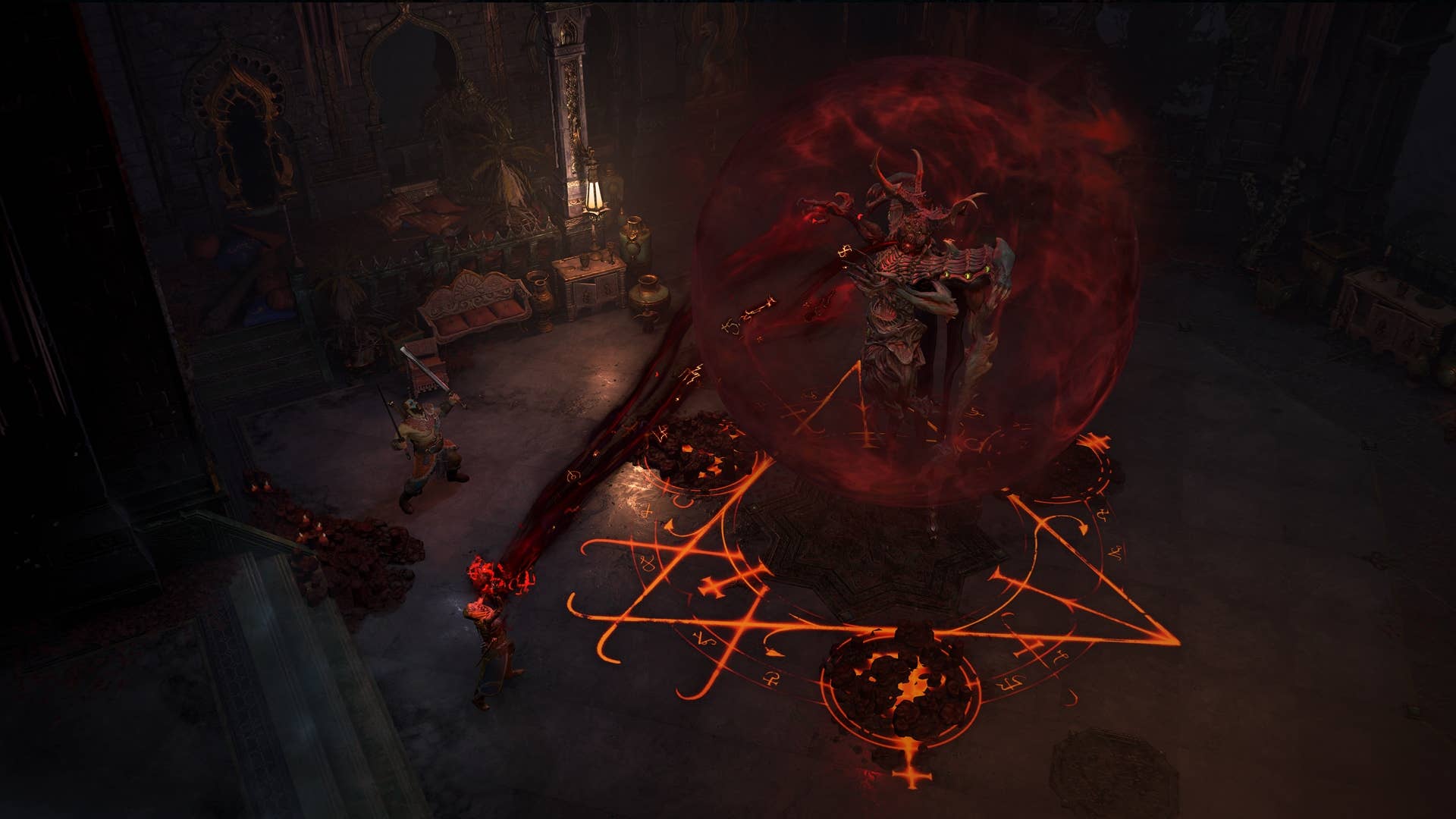










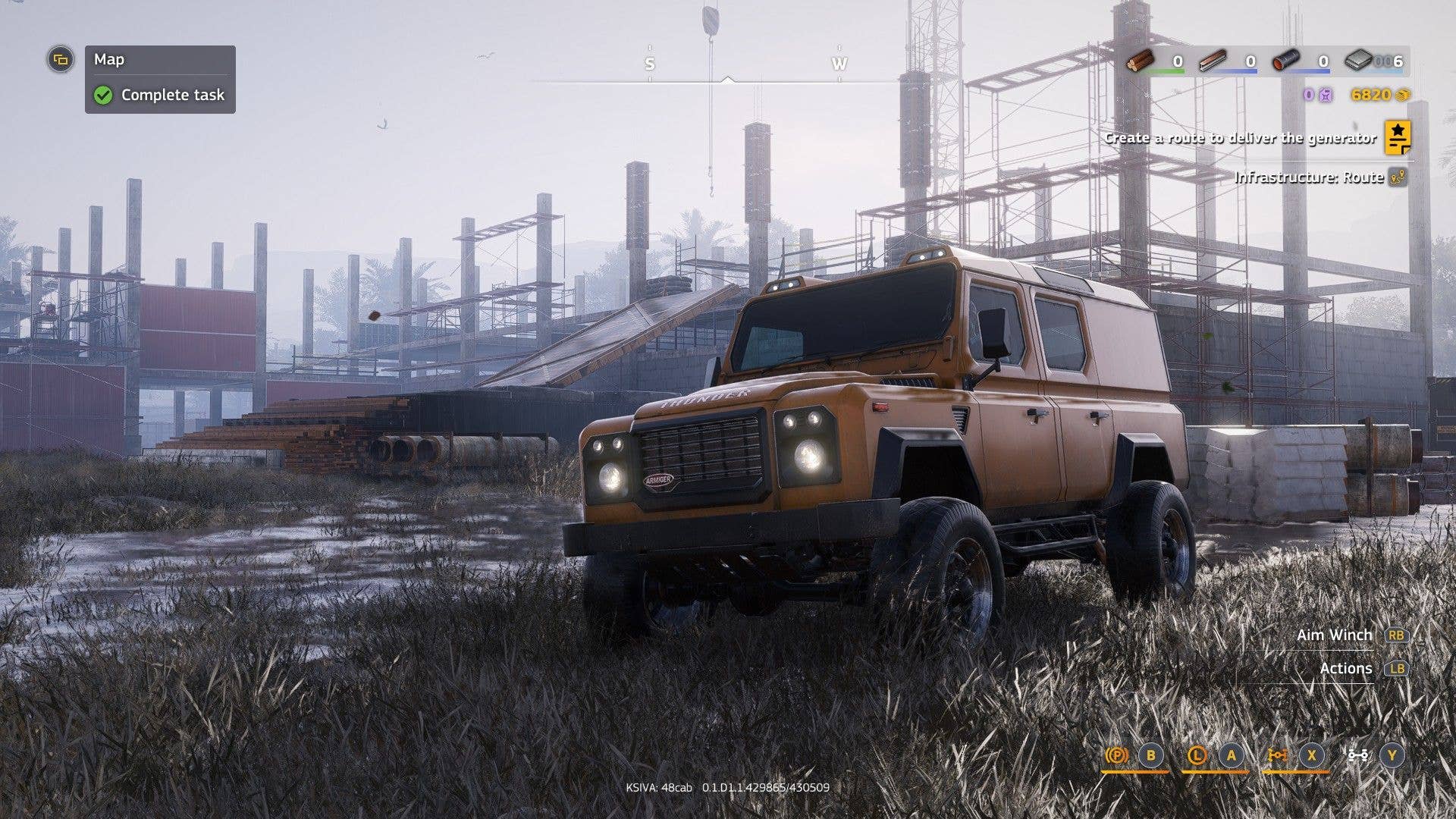




























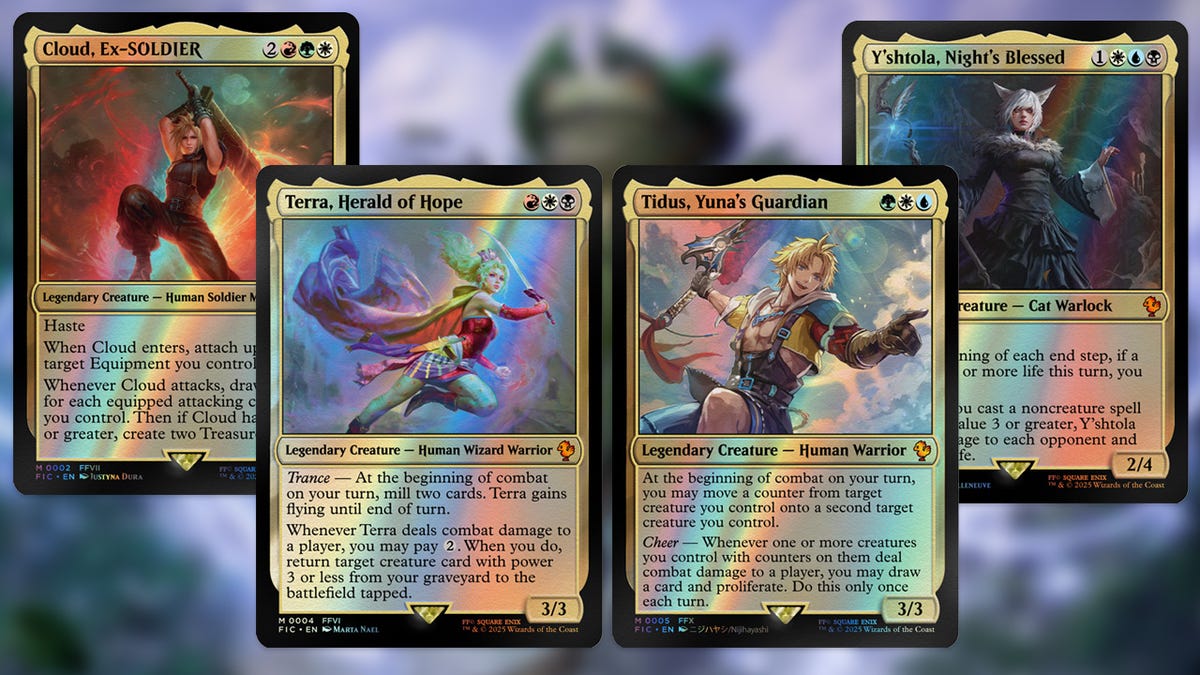

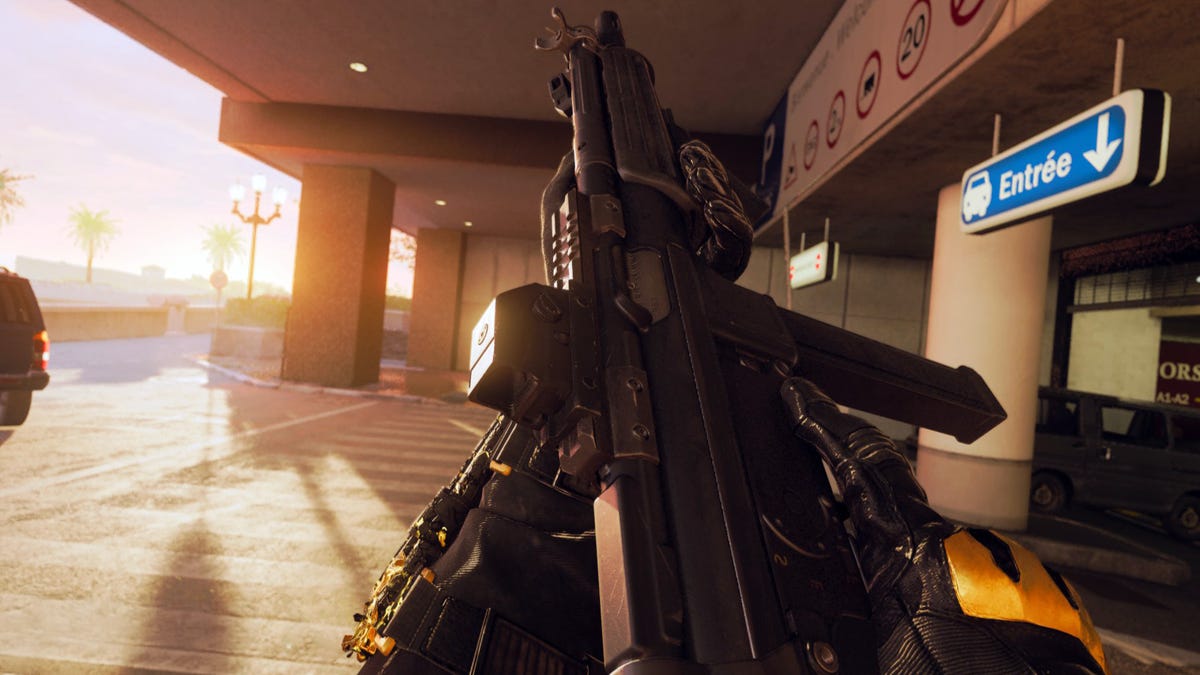

















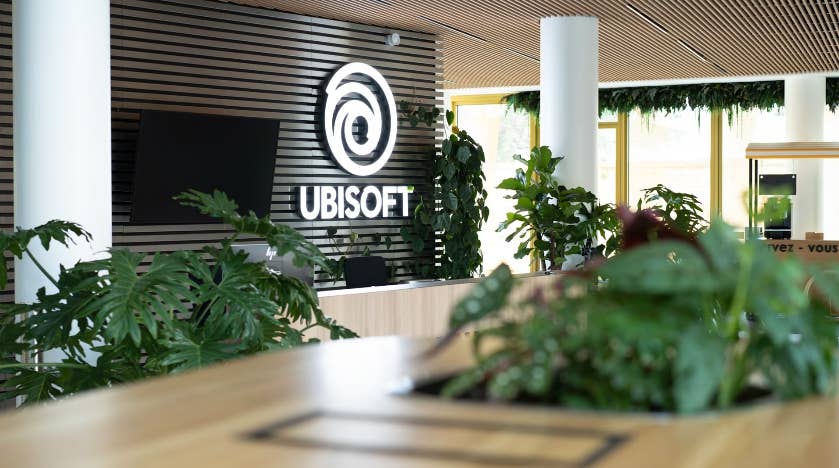












![Apple Updates Logic Pro With Flashback Capture, Enhanced Stem Splitter, More [Download]](https://www.iclarified.com/images/news/97446/97446/97446-640.jpg)
![iOS 26? Apple to Adopt Year-Based Naming Across All Operating Systems [Report]](https://www.iclarified.com/images/news/97449/97449/97449-640.jpg)





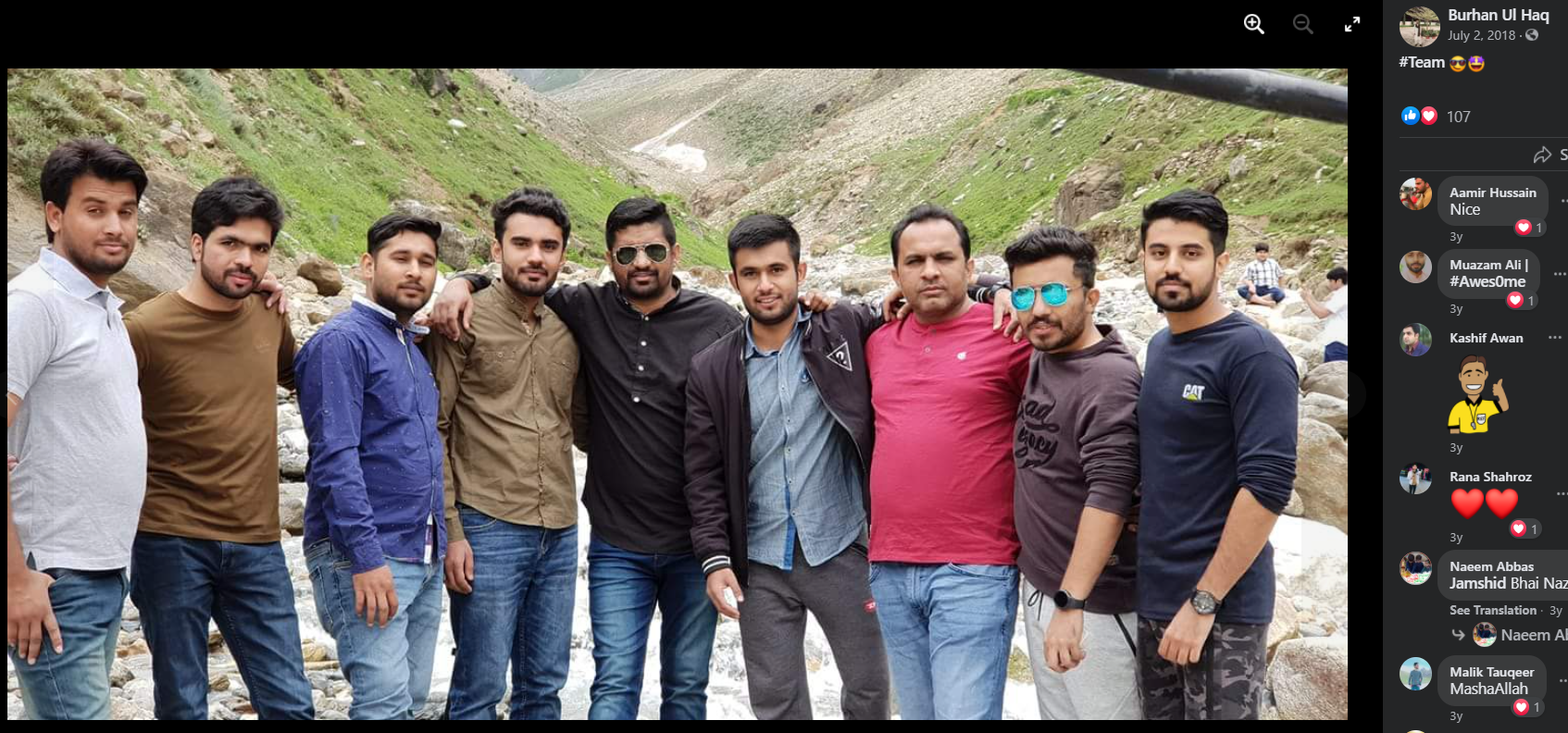
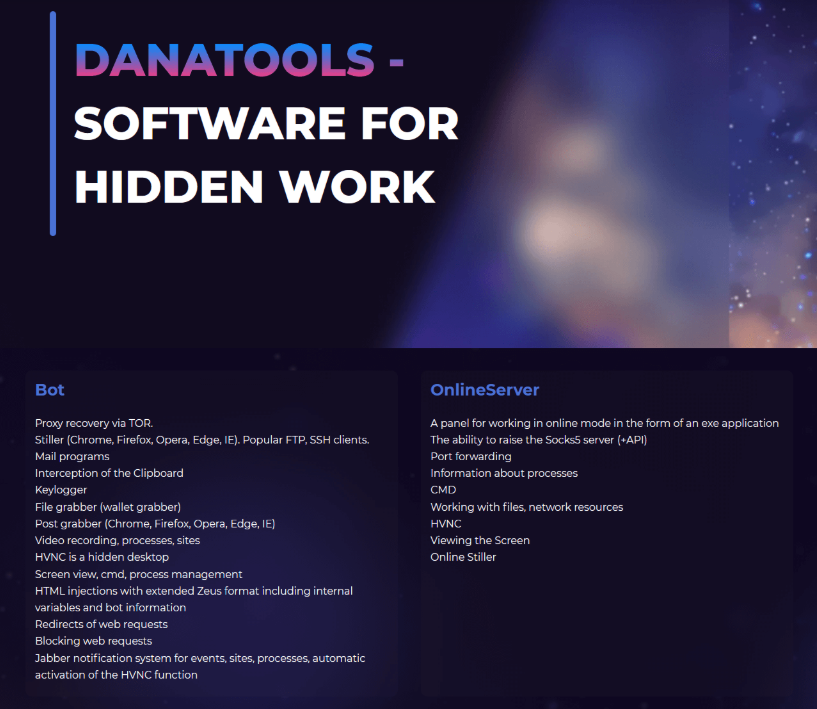

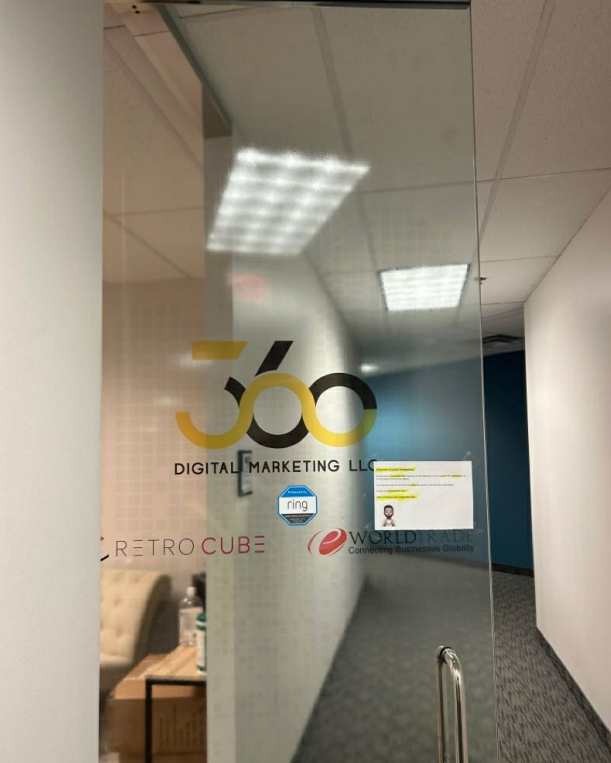
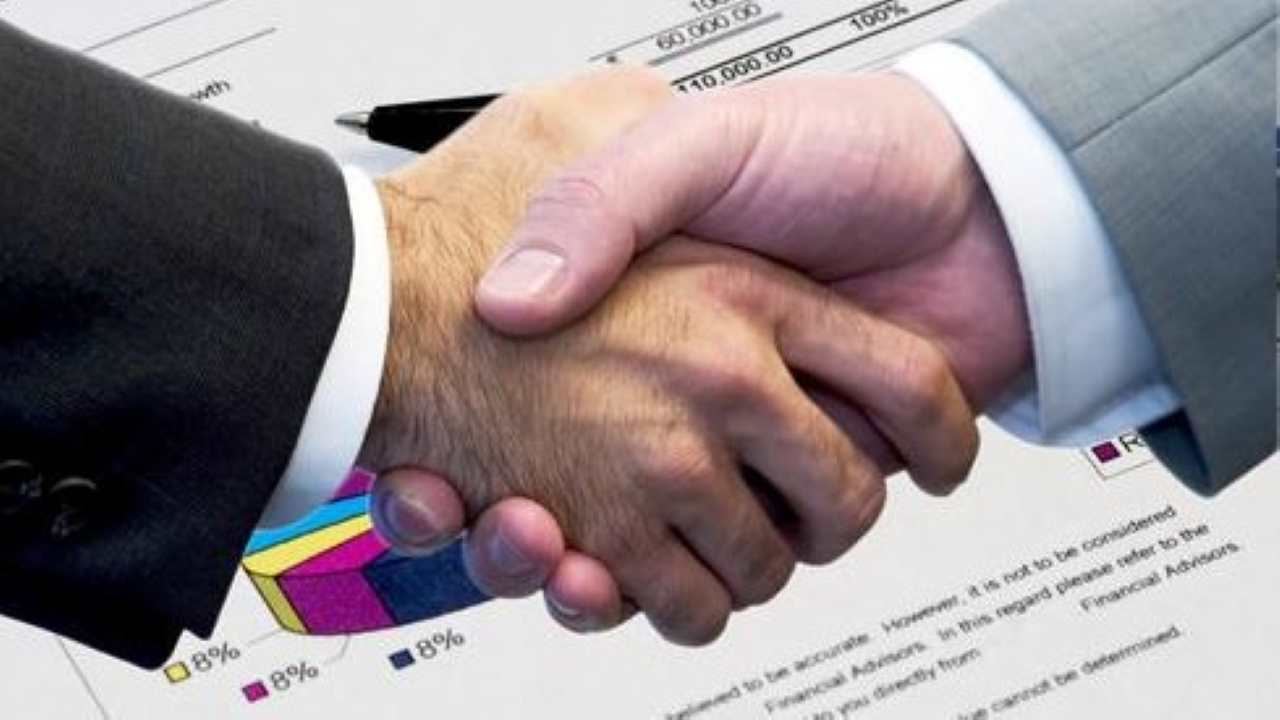
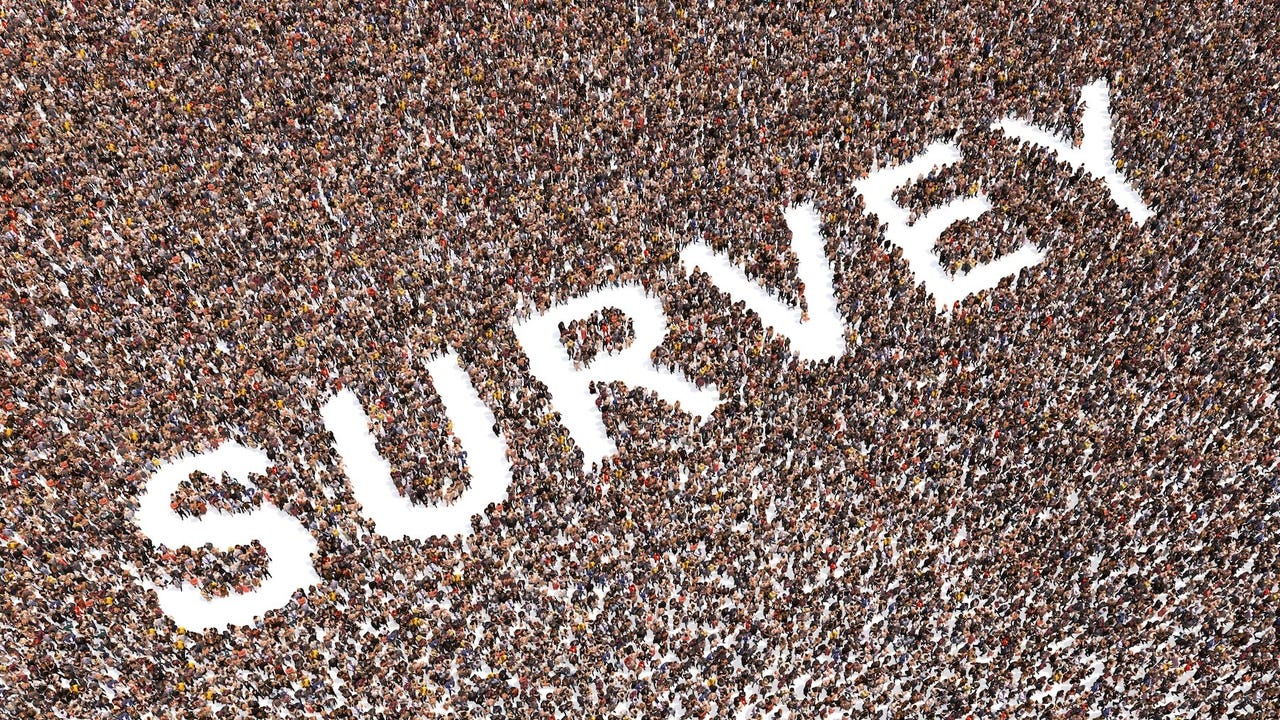
_foto-zone_Alamy.jpg?width=1280&auto=webp&quality=80&disable=upscale#)








































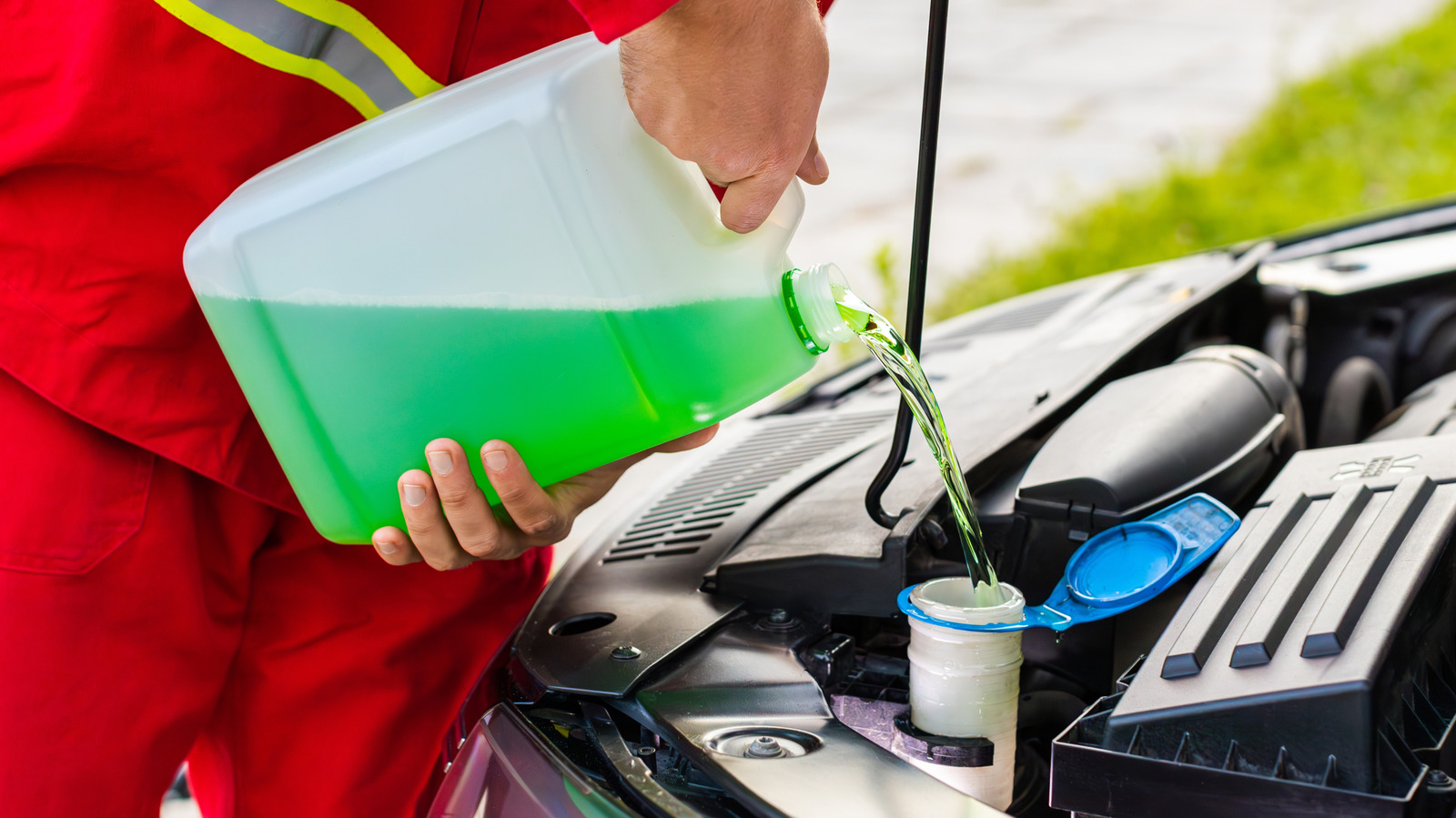

















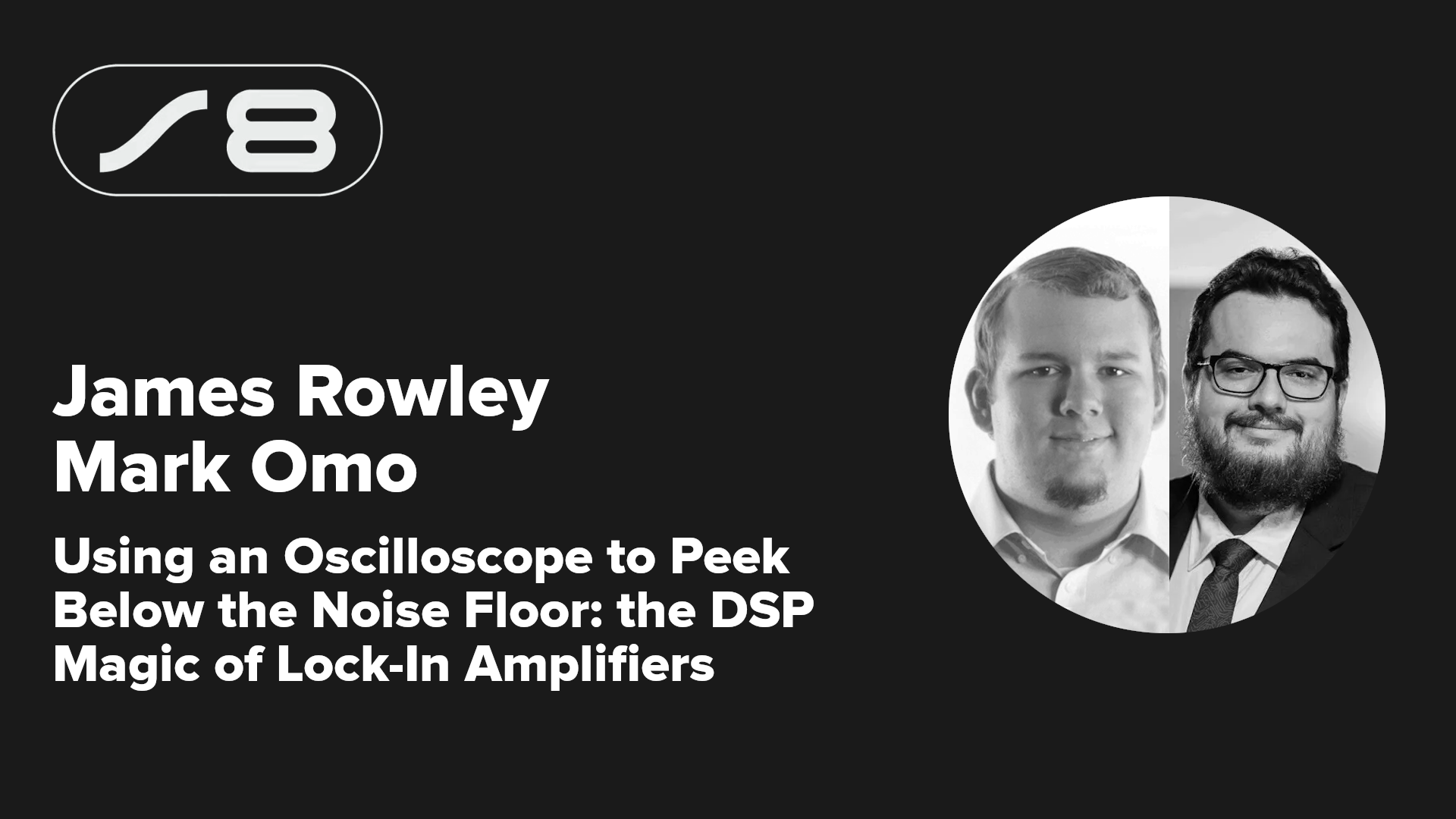
















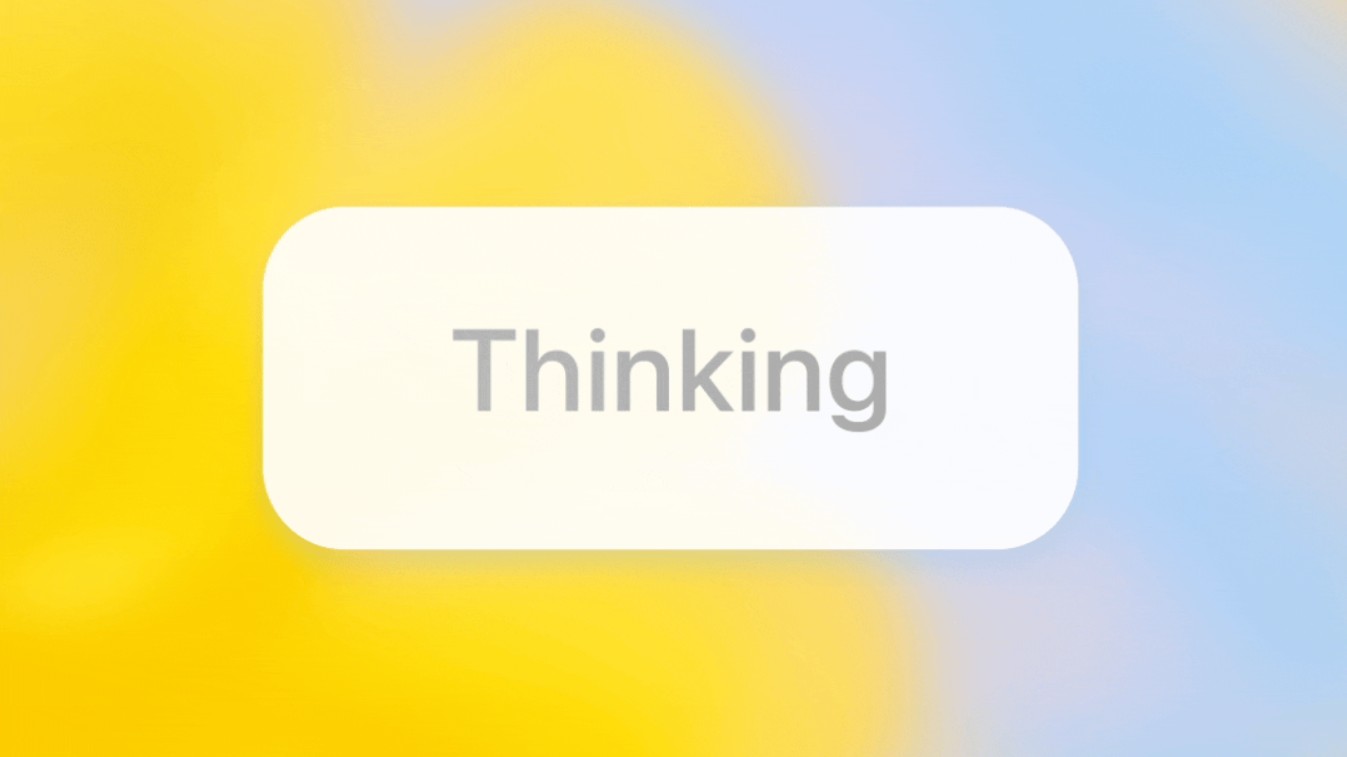

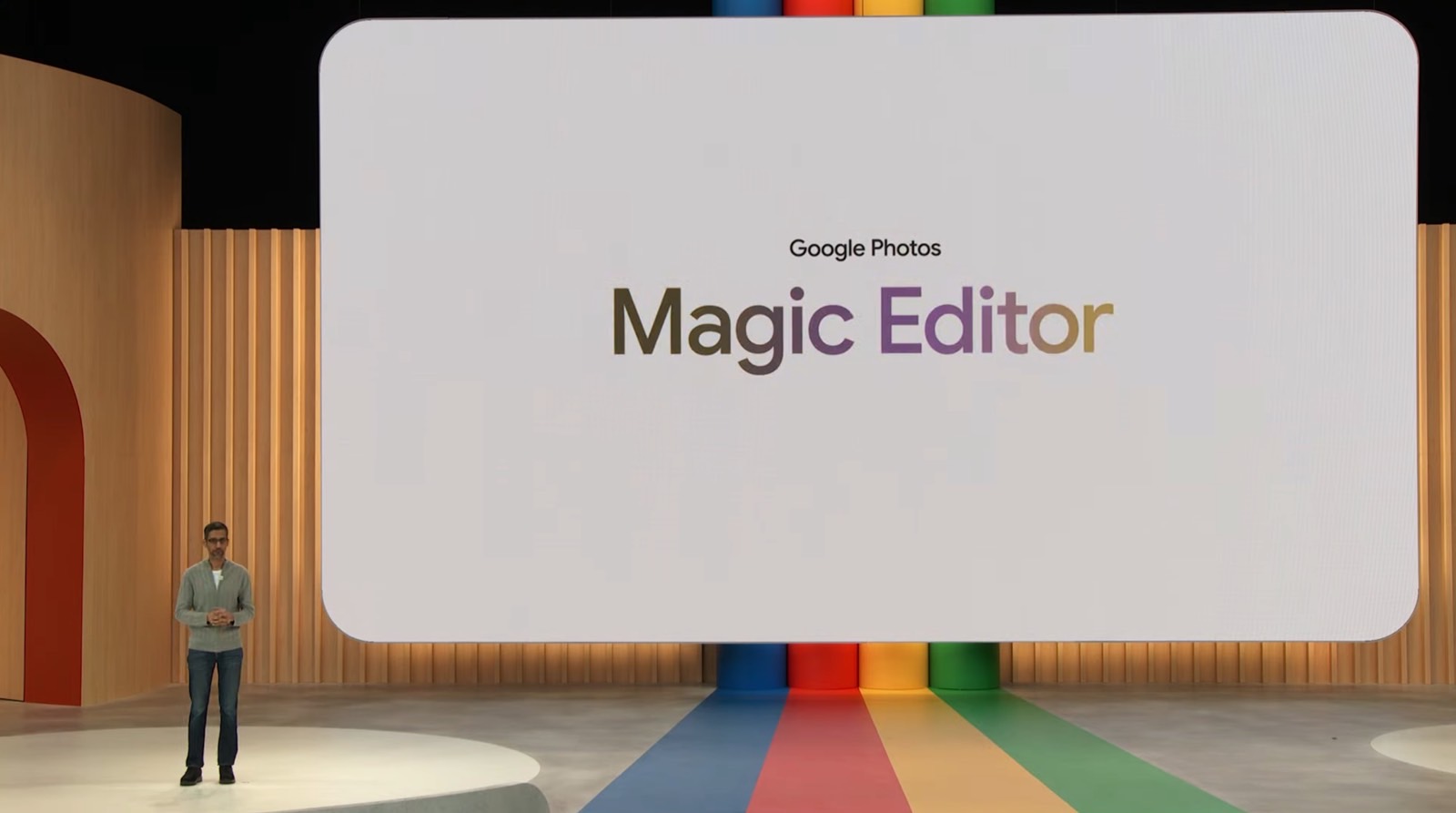


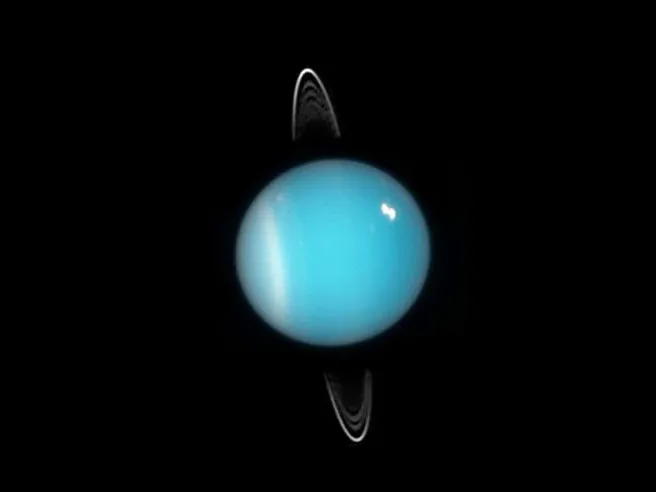




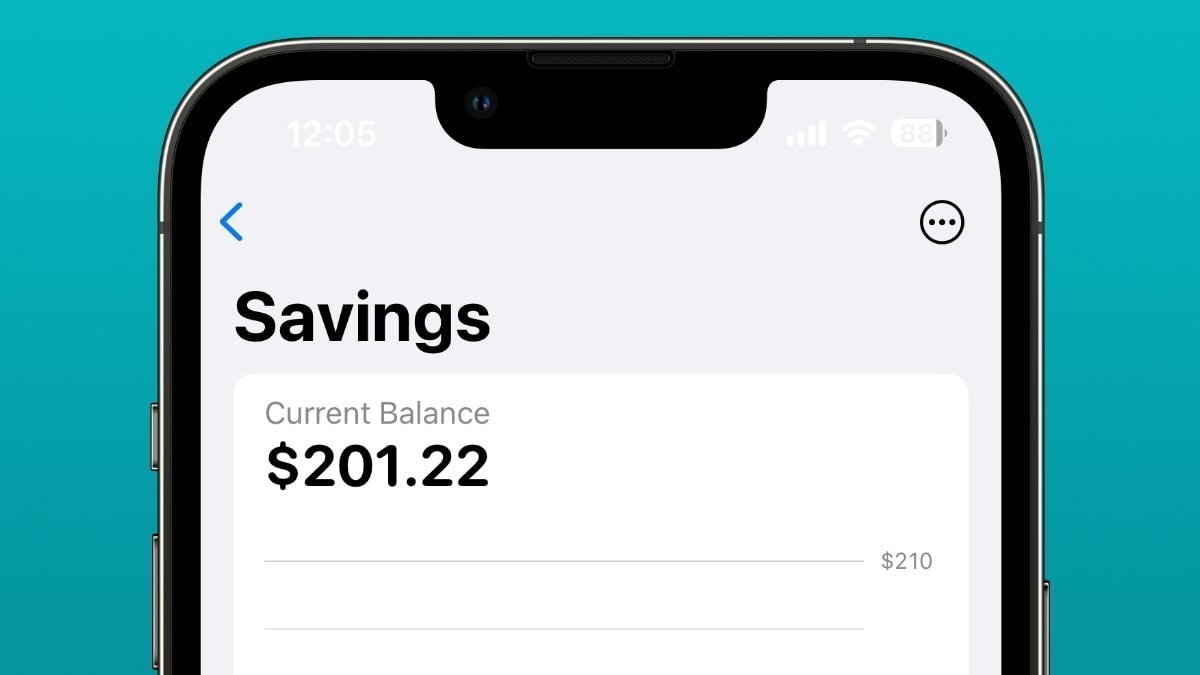



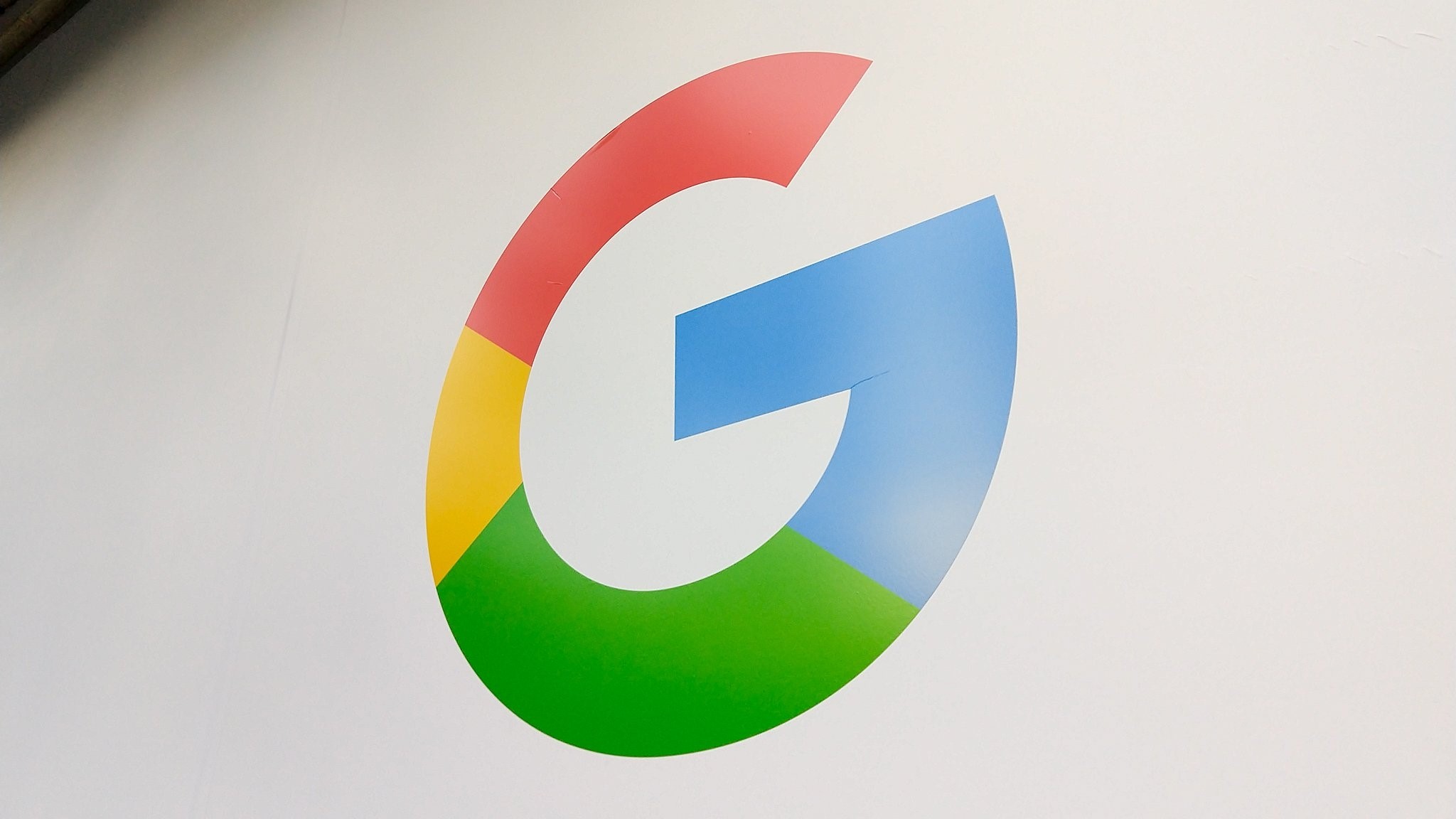




![iOS 19 may support easily transferring your iPhone’s eSIM to an Android device [U]](https://i0.wp.com/9to5mac.com/wp-content/uploads/sites/6/2022/09/iphone-14-eSIM-event.jpg?resize=1200%2C628&quality=82&strip=all&ssl=1)






![Here’s everything new in Samsung’s One UI 8 update [Gallery]](https://i0.wp.com/9to5google.com/wp-content/uploads/sites/4/2025/05/samsung-one-ui-8-intro.jpg?resize=1200%2C628&quality=82&strip=all&ssl=1)
































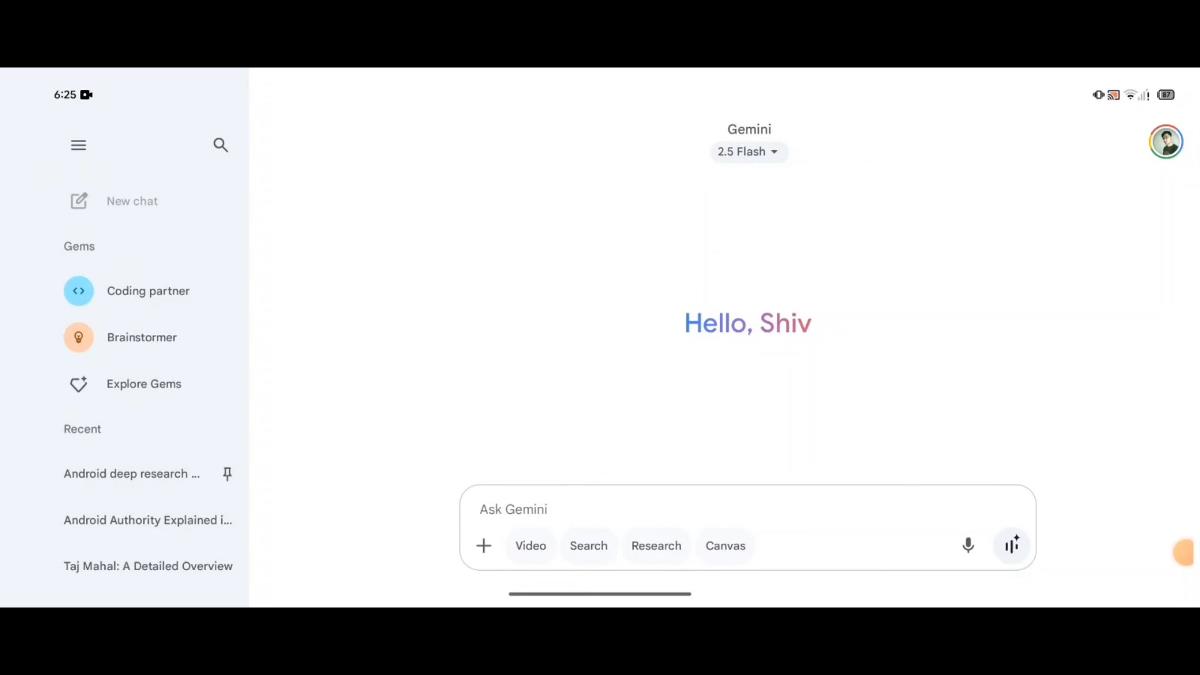


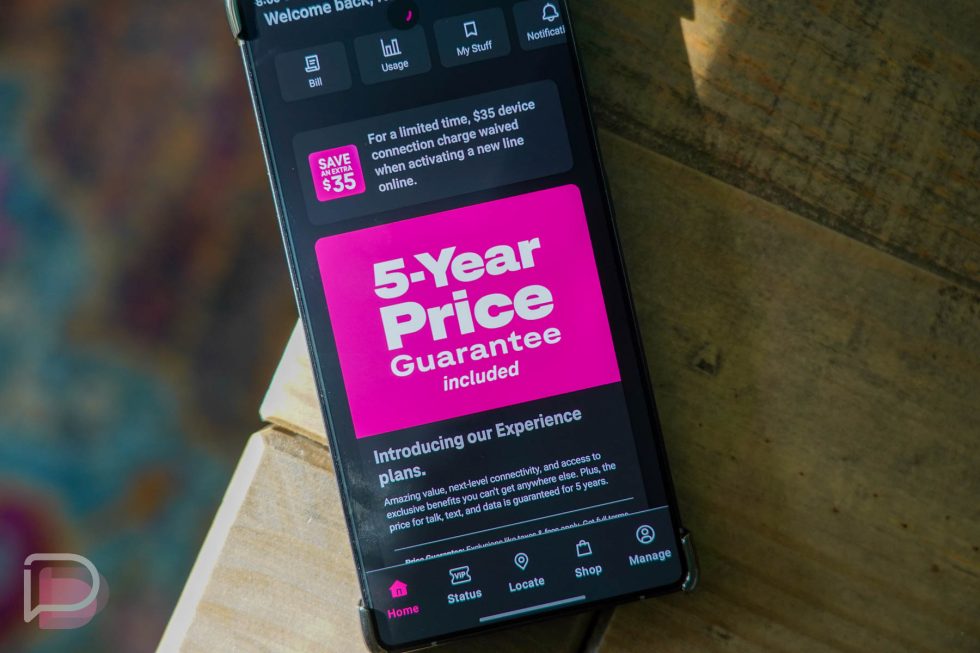














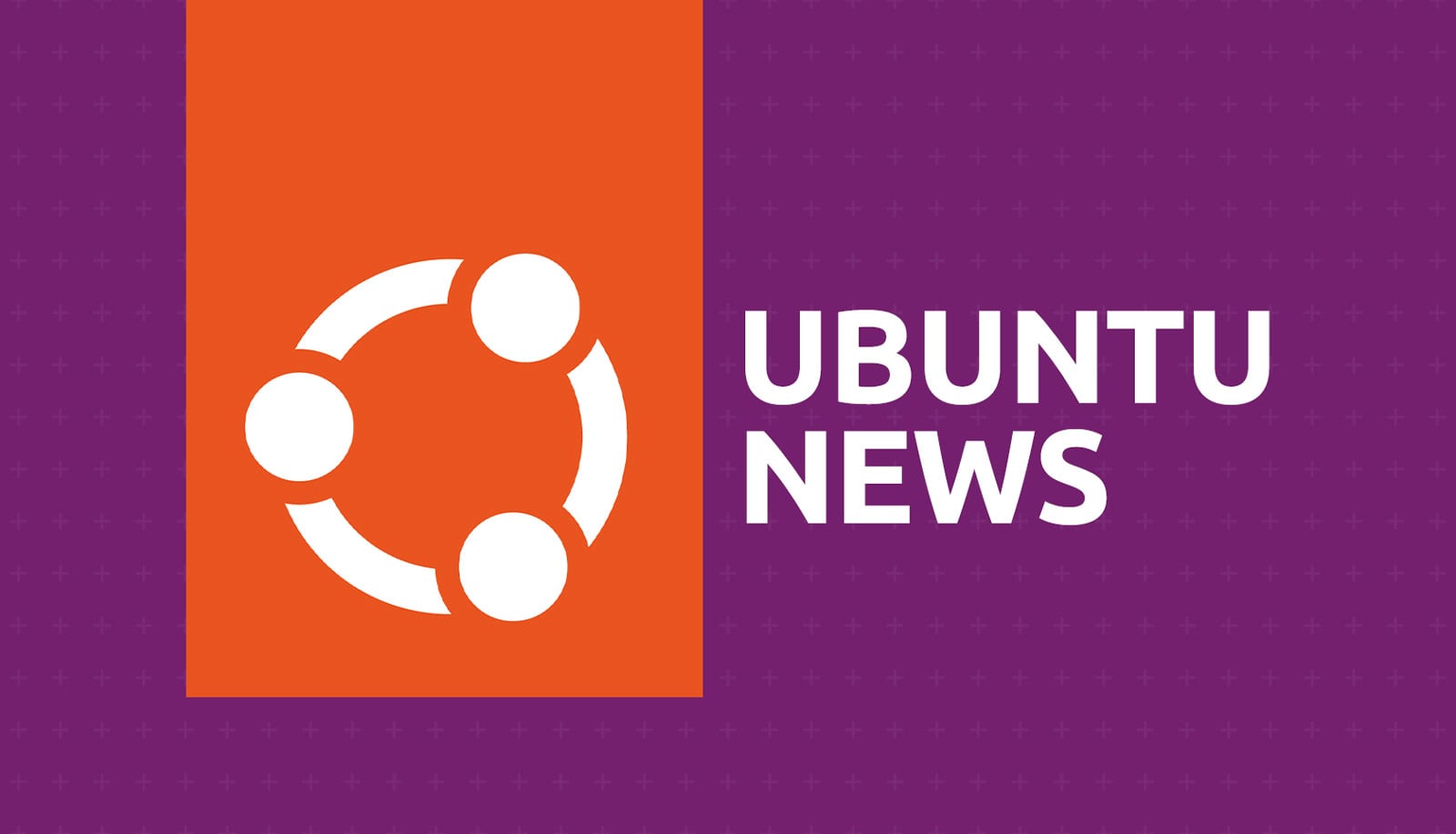











![T-Mobile, Verizon and AT&T under fire for lack of transparency on surveillance [UPDATED]](https://m-cdn.phonearena.com/images/article/170786-two/T-Mobile-Verizon-and-AT-T-under-fire-for-lack-of-transparency-on-surveillance-UPDATED.jpg?#)











